Time for new experiences
Text: Patrick Morda ― Photo: Robert Fischer Reading Time: 9 min
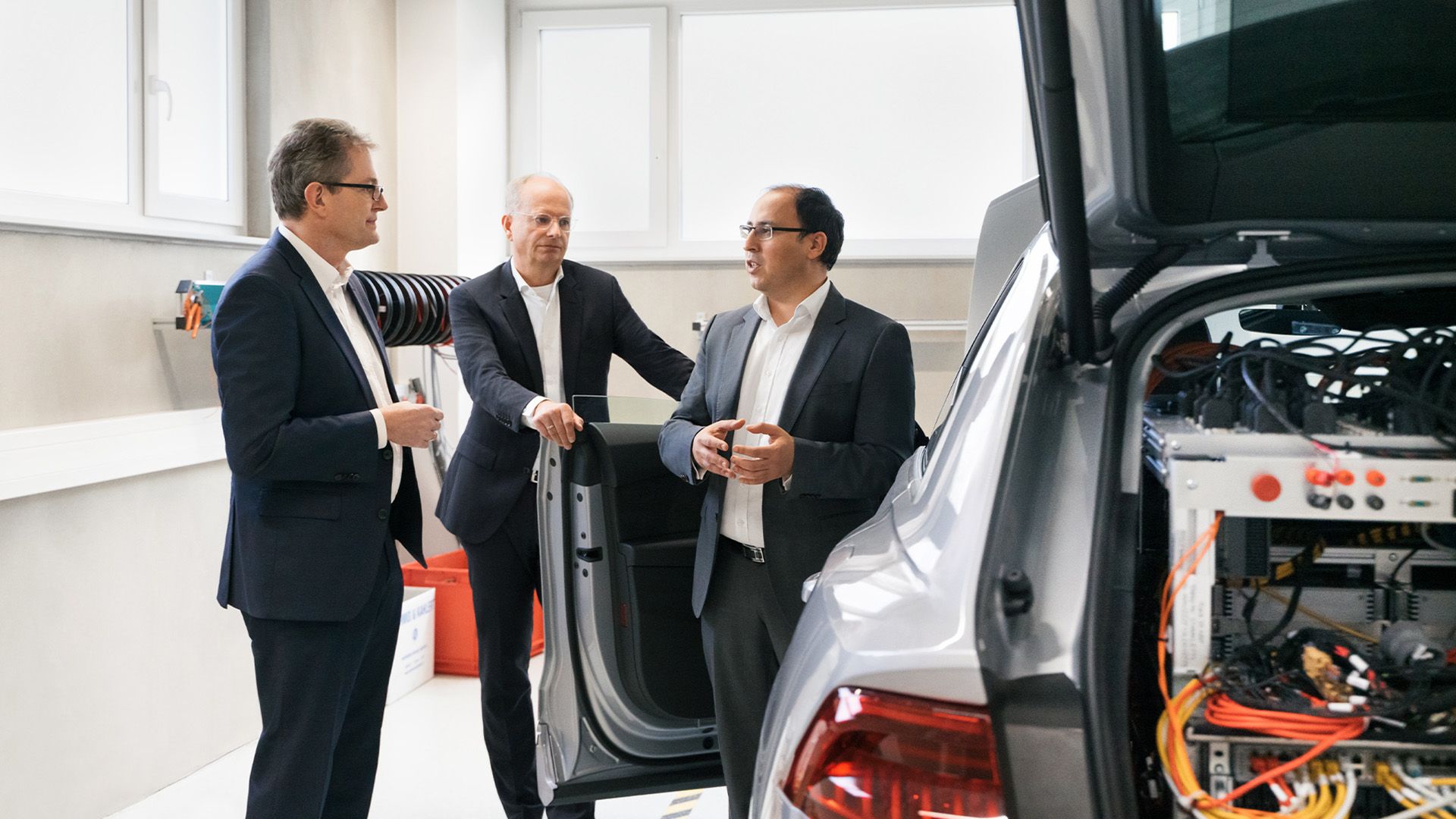
Dr. Bouzouraa, how long will it be before cars are driving themselves?
Dr. Essayed Bouzouraa: There is no short answer to that question. We also need to define the environment in which the technology is to be used – the domains – and its functional scope. Having said that, I am confident that we will see a gradual introduction into structured environments, such as motorways, over the next five years.
Prof. Lütge, you were on the ethics committee that established guidelines for automated driving in Germany in 2017 and continue to research this subject. Are we as a society ready for this technology? Five years is a relatively short period of time.
Prof. Christoph Lütge: As I see it, we are not quite asking enough of people in Germany when it comes to automated mobility. We have been talking about it for a number of years and I think people are now ready to take the next steps. We should talk about the advantages – the real benefits – and not just the challenges and risks.
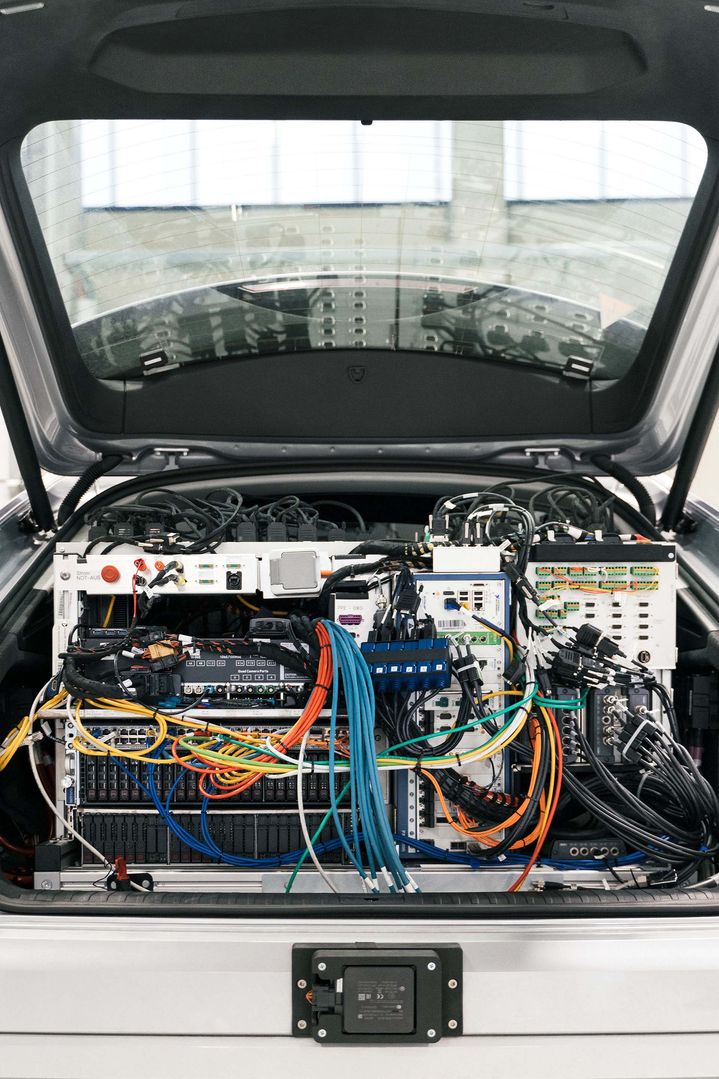
The technology currently still requires a lot of space in the test vehicles to collect the necessary data. According to the Four Rings’ engineers, it will in future only take up the size of a shoebox.
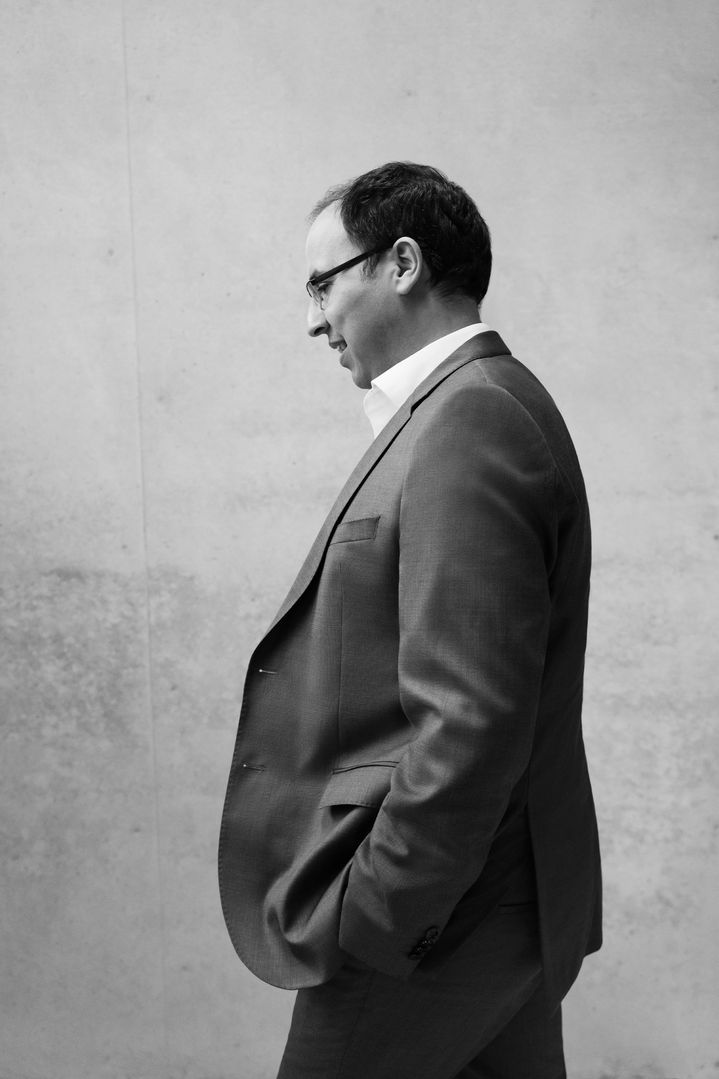
Dr. Essayed Bouzouraa has been working on highly automated driving since 2012 and, as Head of Development at Audi, he and his team are responsible for developing the “highway pilot” technology.

“The highway pilot will be a defensive driver.”
Dr.-Ing. Essayed Bouzouraa
You talk about automation, but the term “autonomous” is frequently used.
Bouzouraa: In this context, we always talk about automated driving. The “highway pilot” system comes into play at Level 3 (as defined by the Society of Automotive Engineers, SAE; ed. ). At this level, drivers can opt to hand over the driving task to the system within defined limits in certain zones, referred to as domains. After a given warning period, the driver must take over the steering wheel again. Until that point, the system is responsible. At Level 4 (as defined by the SAE; ed. ), the driver is no longer required to take over. Once the driving task is assigned to the vehicle, it needs to be able to handle every conceivable situation.
Lütge: In the ethics committee, we referred to this as “connected” and “automated” driving. However, even though it is somewhat misleading, I have the impression that the term “autonomous driving” has become widely established. I would still rather stick with the terms “automated” and “highly automated” driving.
Dr. Thomas Dahlem: For me, a system is autonomous when it operates entirely independently, without the option of human intervention. But that’s not the vision we are pursuing.
How closely are science and industry working together in this field?
Bouzouraa: We are at a stage where interdisciplinary networking is crucial. It is important for us to have a shared understanding.
Lütge: Up to now, ethics was usually only considered in relation to technology issues after a major problem occurred. Yet we believe that questions above and beyond the technological aspects need to be asked in advance. The sort of questions for which there is still no legal definition and perhaps never will be.
What kind of questions are you thinking of?
Lütge: For instance, there is the question of how an automated car behaves with regard to other road users: does it drive extremely defensively, does it maintain a greater distance than required by law and so on? It is precisely these soft ethical issues that must be taken into account in order to inspire trust in this new technology. Our aim is to provide input right from the development phase.
Bouzouraa: We need dialogue – a permanent feedback loop – both during development and once the technology has gone into series production. Because, essentially, development never ends.
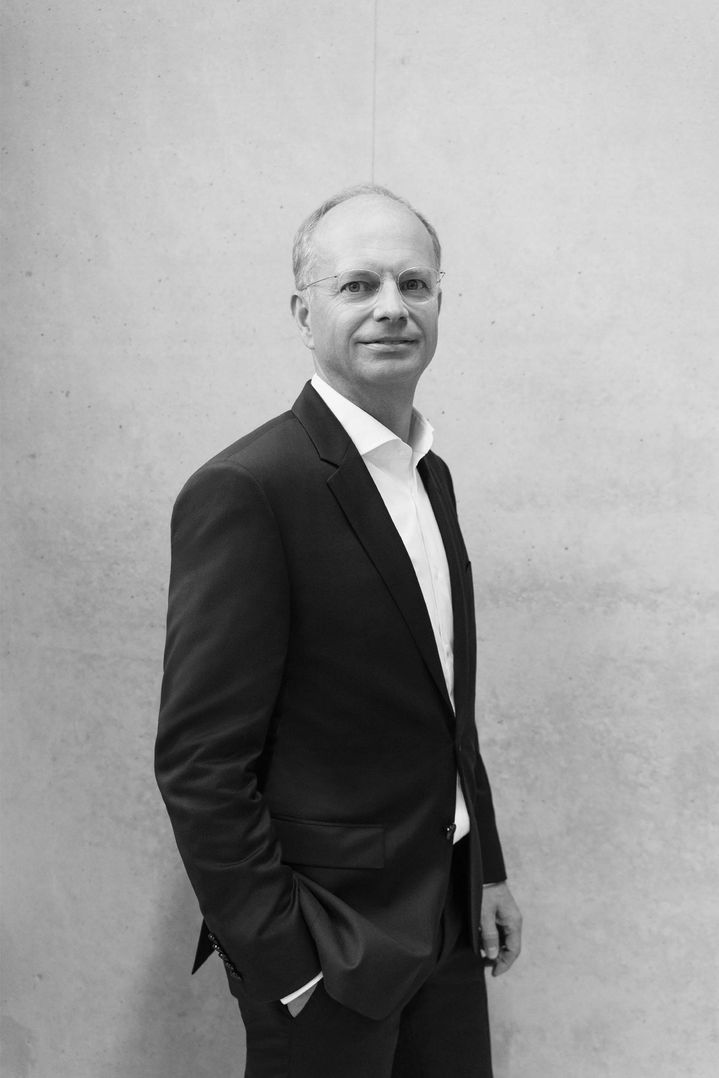
Dr. Thomas Dahlem has spent his entire career to date at the Volkswagen Group, where he is now responsible for the partially and highly automated driving project house.
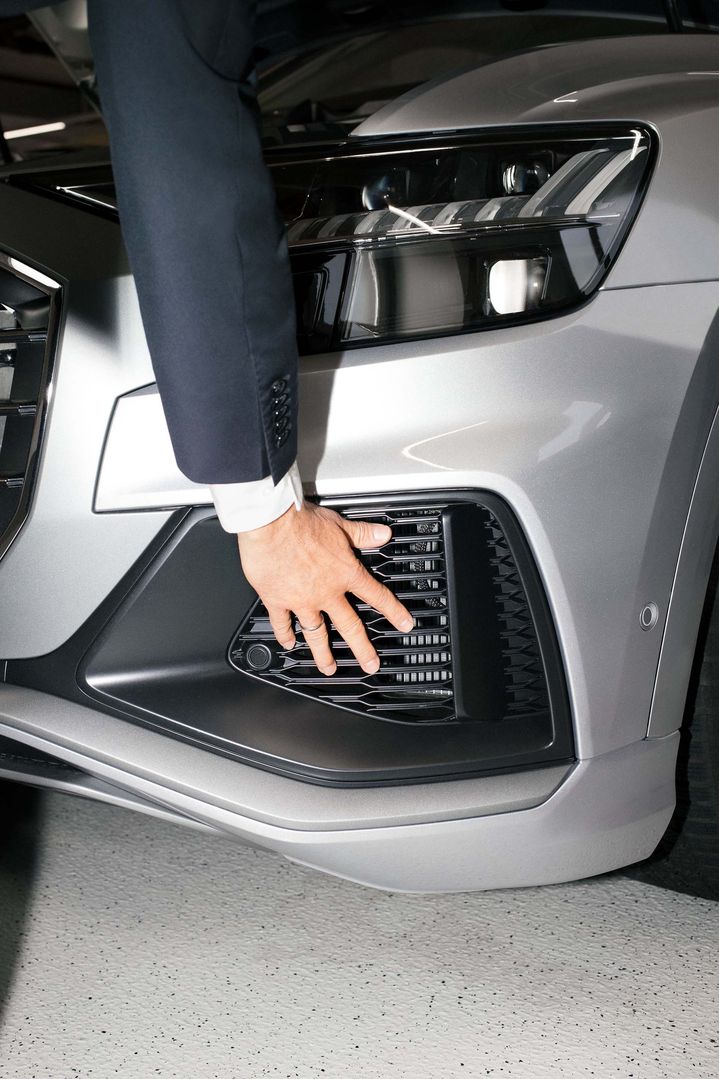
Audi also relies on lidar sensors, which use a laser to measure distance and speed. Future vehicle architecture will be designed around the necessary sensors and components.
“We develop experiences. That’s never been done before.”
Dr. Thomas Dahlem
To what extent can traditional automotive engineering actually be applied to automated driving?
Bouzouraa: This is a fundamental transformation affecting both our customers – in terms of their future driving experience – and us as the manufacturer with regard to present-day vehicle development and design. It calls for numerous sensors and systems that need to be optimally positioned and networked. Of course, an automated Audi will look good inside and out, but the development requirements and processes are different.
Dahlem: Our aim is to be able to offer customers brand new in-vehicle experiences. Looking ahead, we will develop models around these experiences. That’s never been done before. This will affect virtually all of the components we are familiar with in today’s vehicles, which will need to be looked at with fresh eyes.
Bouzouraa: I’m thinking, for example, of established systems such as windscreen washer reservoirs, which will take on a completely new meaning. In the future, we will have to create conditions to ensure that the sensors on the body can be cleaned and kept clear at all times – even without any passenger’s involvement in the process.
How much progress has Audi made so far?
Bouzouraa: We are constantly on the road with our test vehicles to collect data and learn. The various sensors in and on the car collect vast amounts of information every day. We have had to define new methods, including artificial intelligence (AI), to analyse the huge data volumes. At the same time, we are establishing the requisite processes and paving the way for transitioning the technology to series production.
Dahlem: There is also the challenge of identifying and interpreting all conceivable scenarios – in other words, how the vehicle will behave in certain situations – even before a function is programmed.
How can you anticipate every conceivable scenario? There are infinite possibilities.
Bouzouraa: That’s true. There have been reports, based on the current state-of-the-art technology, that advertising images on buses showing people in motion have been misinterpreted. For instance, the system interpreted this as someone jumping into the street. Sometimes, visual perception using cameras reaches its limits. A while ago, a case involving camera systems interpreting the shining moon as an amber traffic light was doing the rounds online. That’s why we rely on a mixture of visual and actively measuring sensors such as radars and lidars.
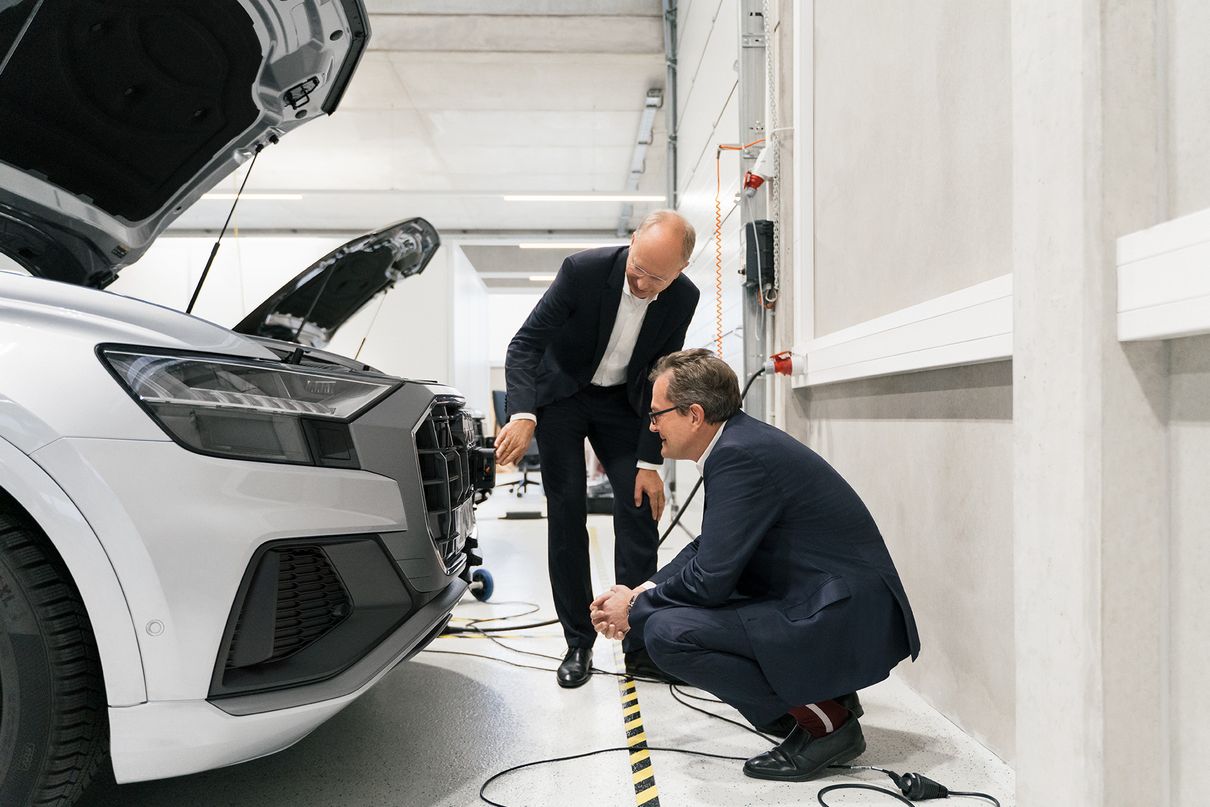
The Volkswagen Group bundles its software expertise in the company CARIAD. Today, more than 4,500 developers, engineers and designers at several locations in Germany and around the world are working on a unified software platform that will make the automotive experience safer, more sustainable and more comfortable. Among other things, assisted and automated driving functions (up to SAE Level 4) are being developed for all of the Group’s passenger car brands.
How do you build trust among the public when anomalies like this crop up?
Lütge: I believe that people do see the benefits. Today’s assistance systems already hint at some of what could be possible. You can’t convince everyone, but that won’t always be down to a lack of trust.
Bouzouraa: Trust is fundamental. How easy it is for passengers to understand why the AI behaves in the way it does is also important in this respect. For example, test participants have fed back that driving too smoothly causes them to feel uneasy. It makes them wonder whether the system is actually active. So, for instance, we are now discussing in development how much the steering wheel should move during automated driving to provide visual feedback.
Lütge: This also shows that not everything can be explained in rational terms. Emotions also come into play. But I would caution against over-emphasising concerns. Even today, road users trust technology, sometimes drive at very high speeds, and so on.
Transparent behaviour is key: How can automated and non-automated vehicles coexist, especially to begin with?
Bouzouraa: This is something we are obviously giving a lot of thought to. It could be helpful to initially only release the systems for use in the defined domains. At least, that’s the direction we are thinking in. The term “highway pilot” already hints at this. The motorway is a relatively controllable domain, with clear structural and legal frameworks. However, it is naturally important that we take all road users into account in our behavioural assumptions.
Lütge: I don’t think mixed traffic will be that much of a problem. Other carmakers are developing their own systems, which will also lead to a high level of communication and awareness. I think it’s reasonable to learn on the motorway first, but we must not neglect the rest, especially cities.
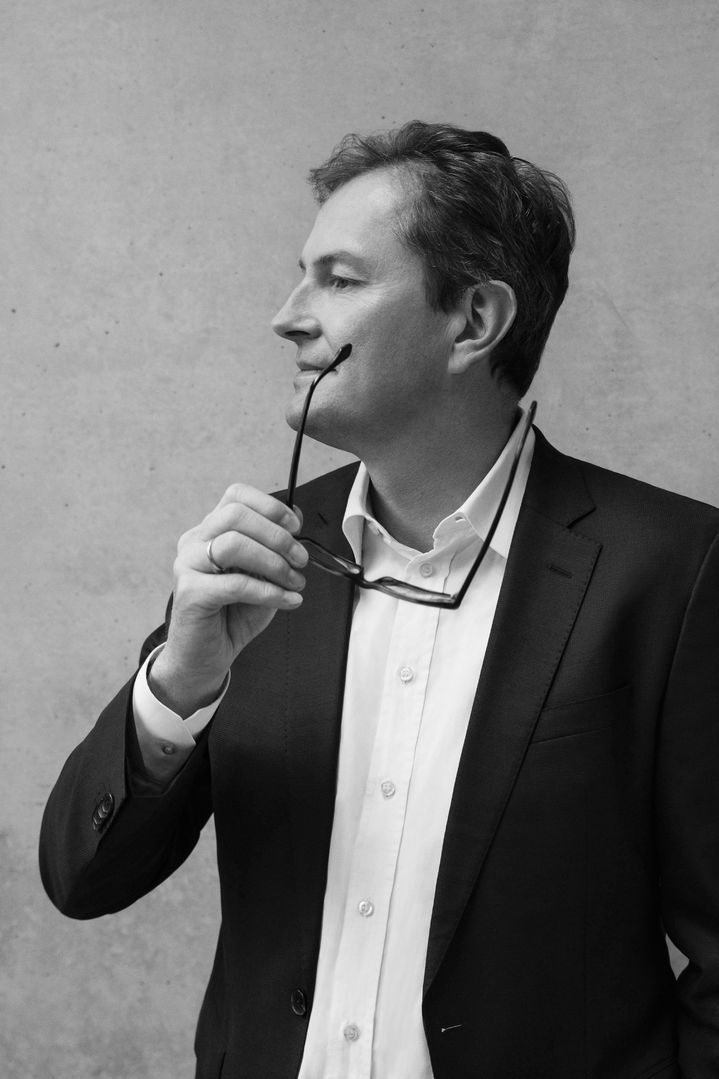
In 2017, philosopher and economist Prof. Christoph Lütge sat on the German ethics committee that addressed questions about automated driving on behalf of the federal government.
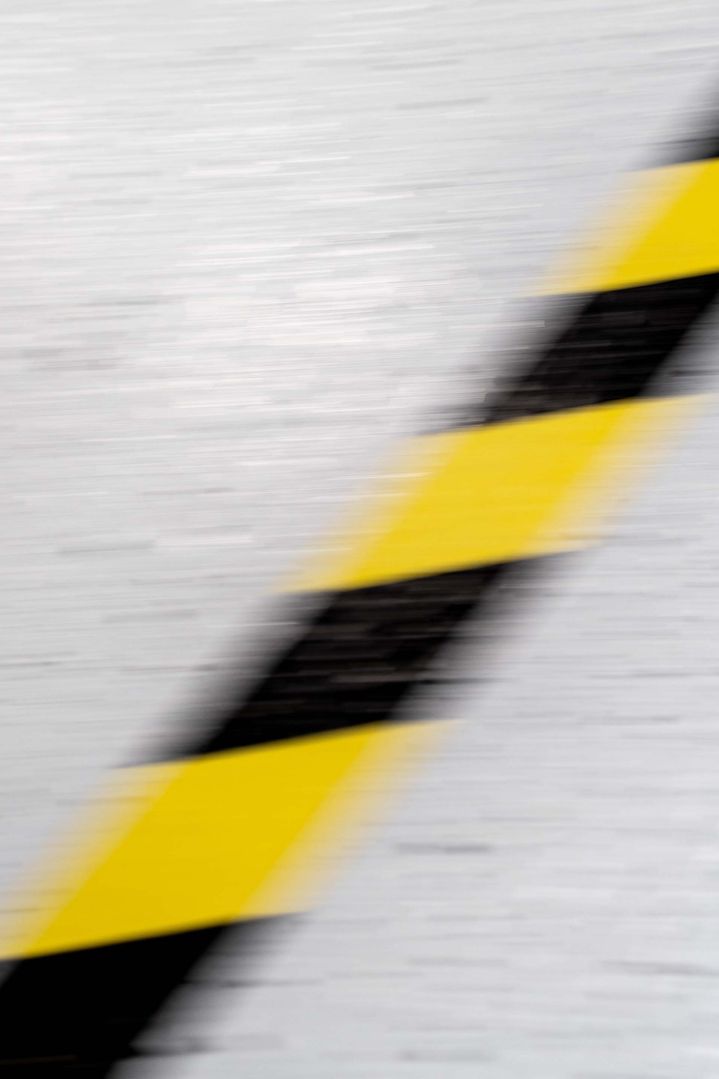
In July 2021, a new law governing among other things the testing and technical requirements for the approval and operation of Level 4 automated vehicles according to the SAE classification was introduced in Germany.
“I would caution against over-emphasising concerns. Even today, people trust technology.”
Prof. Dr. Christoph Lütge
City driving makes the challenge even greater?
Bouzouraa: Fundamentally speaking, we need to take a 360-degree approach, I agree. But the “city” domain, with pedestrians and cyclists, adds a new level of complexity.
Dahlem: Just as motorways merge into urban spaces, we will approach this challenge step by step. But the technology first needs to be able to handle things like complex intersections, roundabouts – potentially with crests that the sensors can’t see over.
Lütge: And it’s important to weigh up the risks in advance. How do we determine what risks would be considered acceptable? That’s what we are looking at now. We need to be clear: we cannot approach the issue with a zero-risk mindset, that is unrealistic.
But how do you evaluate risk?
Dahlem: Human beings are the benchmark. And humans already have an amazing ability to react at the last millisecond. Our demands on the system with its artificial intelligence are correspondingly high.
Lütge: Having said that, being better than a human driver offers significant scope for interpretation. It can be counterproductive if the standard set is too high, too cautious, too sporty, too defensive.
So what do you use for guidance? Bouzouraa: We design an AI driver by modelling an average driver. We already know that the highway pilot will be a relatively defensive driver. Ultimately, being driven should also enhance comfort and be enjoyable. That would be difficult to achieve if the automated vehicle drove too aggressively. It must steer its passengers through traffic unobtrusively and safely. The question we are examining is whether and how the system’s learning curve will be accepted.
Lütge: That’s a good question, and one that we also discussed in the ethics committee. It should not be the individual vehicle that learns, but the entire fleet. At least whenever it comes to issues related to safety. If someone prefers to drive a little slower on the motorway than someone else, that could then be configured variably. The fact that it is fundamentally a learning process, that the experience of being driven will change over time – people can accept that. Our society has long become used to the idea that artificial intelligence gathers experience and adapts.
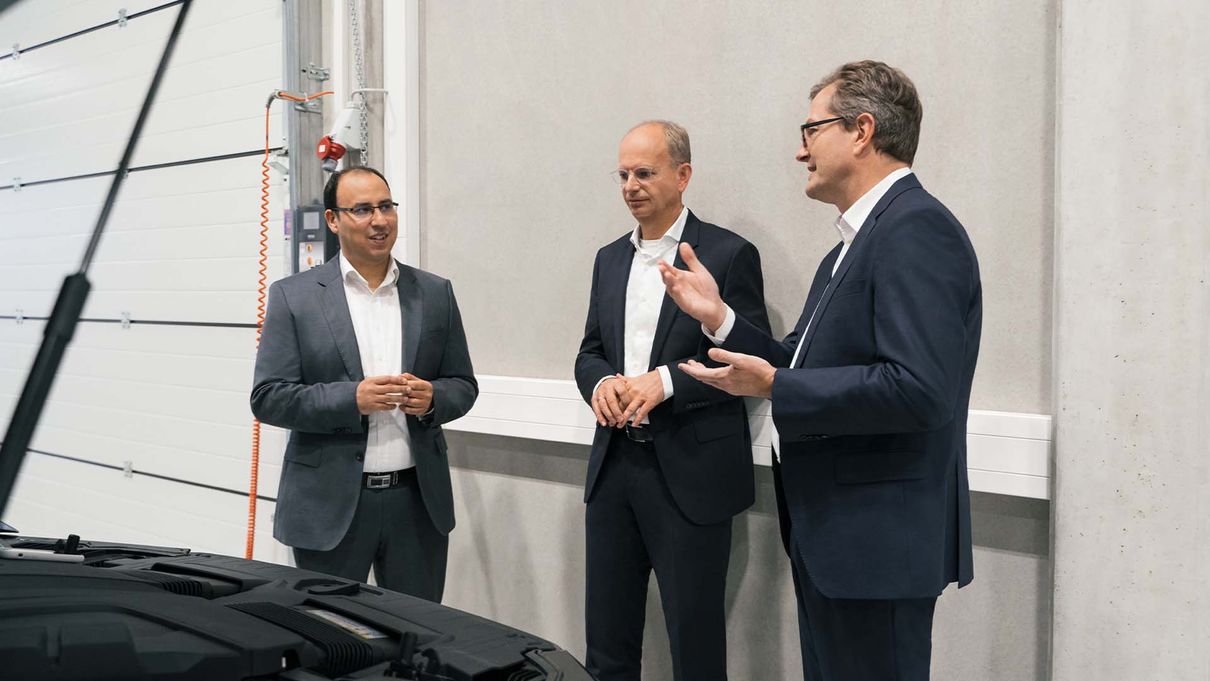
With regard to the modelled driver: doesn’t each country have its own idiosyncrasies on the road?
Bouzouraa: There is definitely a connection with individual experience and hence culture. How does an automated driving vehicle map the driving style of a particular region? Is there a kind of best-fit line? These are aspects we are currently working on.
Lütge: We have a special situation in Europe where people are constantly travelling across borders into countries where perceptions differ to some extent. Having tried out various test vehicles, I also have the feeling that no standard exists as yet.
Dahlem: Everything needs to be thought through in even greater detail: for example, an automated car purchased in Germany will in future also need to be able to recognise an Italian police officer. In The Netherlands, the colour of motorway signs differs from that in Germany, while in Portugal, different materials are used on the carriageway. This will mean that we won’t be able to make our system readily available everywhere, or only to a limited extent. But as already mentioned, this technology represents a process of perpetual learning and adapting for us.
Bouzouraa: Staying with the highway pilot, we should also remember that we have around 13,200 kilometres of motorway in Germany alone. There is plenty of potential to enjoy the benefits and the experience of automated driving. I am sure of it.
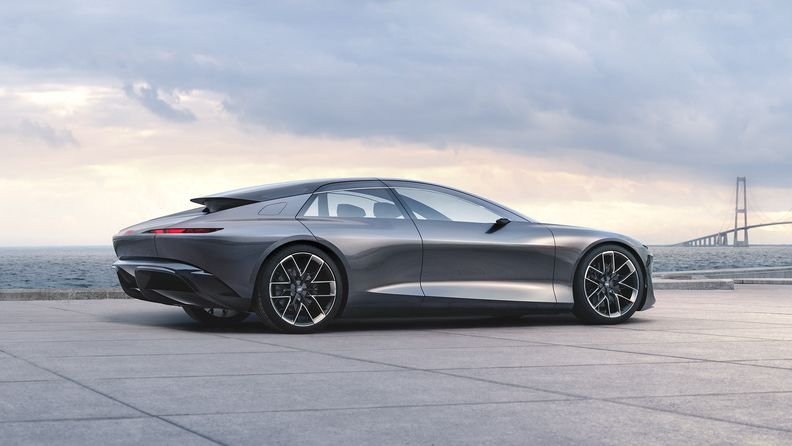
Experience the future with Audi
For Audi, shaping the future is the expression of a mindset. Nowhere is that mindset more tangible than in the brand’s studies and concept vehicles. It’s here that Audi shows: Tomorrow’s mobility is as fascinating as it’s exciting.
The vehicle shown is a concept car that is not available as a production vehicle.
You might also be interested in

New interior design philosophy
Audi is presenting a new interior design for the first time in the Q6 e-tron. Technology and aesthetics are firmly oriented towards the needs of the occupants as never before.
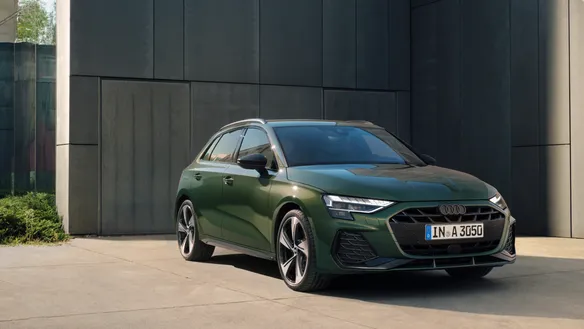
Audi A3: more dynamic, more progressive, more emotional
The Audi A3 is being upgraded with a sportier look, new design elements and digital services.
Digitalization
Unique: the lighting technology of the Audi Q6 e-tron
The active digital light signature of the Audi Q6 e-tron is a world first. In addition, the communication lights in the rear lights and headlights can contribute to increasing road safety.
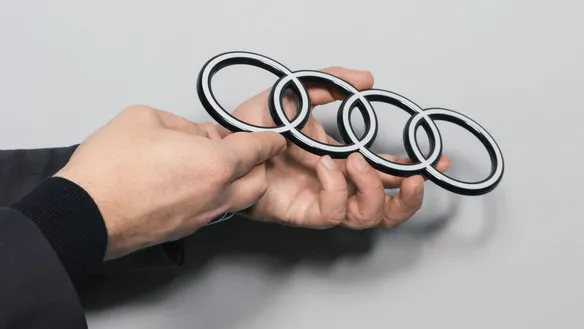
The new Audi rings
On the Audi Q6 e-tron, you can see the new Audi rings. What’s the story behind the reworking of the iconic brand symbol?
Your browser does not seem to be up to date. Maybe our website does not work optimally. Most browsers (but not MS Internet Explorer 11 & older) work fine. We recommend you to update your web browser! The latest version can ensure a good result anywhere on the internet. Thank you very much for your visit. Your Audi Team

- Company Overview
- Our Numbers
- Solutions Overview
- Futureproof Hardware
- Unified Software
- Innovative Applications
- News Overview
- Press Contacts & Downloads
- Careers Overview
- Our Tech Teams
- Our Benefits
- Women in Tech
- Diversity & Inclusion
- Recruiting Process
An insight into new automated driving experiences
In a recent discussion at Audi, we gained an insight into current progress in the area of automated driving, together with the technical and ethical questions and considerations explored during the development of this technology.

Automated driving is one of the main development fields that we’re pursuing at CARIAD. Among other things, we’re developing assisted and automated driving functions (up to SAE Level 4) for all of the Group’s passenger car brands.
In a recent insightful and inspiring conversation, Dr. Thomas Dahlem (Senior Director Development of Autonomous Driving at CARIAD), Dr. Essayed Bouzouraa (Head of Feature and Software Development ADAS/Automated Driving at CARIAD) and Professor Christoph Lütge from the Technical University of Munich, explored the current developments in the area of automated driving at Audi.
With a handful of specific examples, the three experts offered a glimpse into the future potential of this technology. Not only that, but they also explained the constant interplay between science and industry , discussed the extent to which traditional automotive engineering can be applied to automated driving technology, and highlighted the importance of going beyond the technical realm and considering societal and ethical aspects too.
Technical aspects and progress at Audi
Present-day vehicle development and design is undergoing a fundamental transformation as we look towards offering customers new software and data-driven experiences through various vehicle functions and capabilities.
One of the functions that we’re currently developing together with Audi is a highway pilot. This is a system that comes into play at Level 3 automated driving. At this level, drivers can opt to hand over the driving task to the system within defined limits in certain zones. After a given warning period, the driver must take over the steering wheel again. Until that point, the system is responsible.
As Essayed explains, "We design an AI driver by modelling an average driver. We already know that the highway pilot will be a relatively defensive driver . Ultimately, being driven should also enhance comfort and be enjoyable."
Societal and ethical considerations
But of course, it’s not just the technology itself that’s important. Societal and ethical considerations come into play too. Interdisciplinary networking and a shared understanding with drivers and passengers are crucial here.
Even before a function is developed, we need to identify how the vehicle will react to and behave in certain situations. But we also need to understand how the public will react to the vehicle. We need to communicate with drivers and the wider public to help them understand the capabilities and constraints of automated driving technology, and why the AI behaves in the way it does. Building trust and acceptance in this way are key to securing the success of this technology.
Even Essayed’s point about the highway pilot function and a model driver raises a few areas for consideration. Is there even such a thing as an average driver? Doesn’t this vary around the world, together with different road and infrastructure characteristics? How does an automated driving vehicle map the driving style of a particular geographical region?
To get a further insight into these questions and considerations in the area of automated driving technology, check out the full interview on the Audi blog: https://www.progress.audi/progress/en/glimpse-into-the-future-with-the-sphere-concept-vehicles.html
About the author

CARIAD Media Team
You may also like

Cari’s Career Chat – Cookie Policy Requirements
In order for you to use our Career Chatbot Cari, we need you to accept the functional cookies. You can enable functional cookies by clicking this button:
Essayed Bouzouraa
Affiliation, publication topics, ieee account.
- Change Username/Password
- Update Address
Purchase Details
- Payment Options
- Order History
- View Purchased Documents
Profile Information
- Communications Preferences
- Profession and Education
- Technical Interests
- US & Canada: +1 800 678 4333
- Worldwide: +1 732 981 0060
- Contact & Support
- About IEEE Xplore
- Accessibility
- Terms of Use
- Nondiscrimination Policy
- Privacy & Opting Out of Cookies
A not-for-profit organization, IEEE is the world's largest technical professional organization dedicated to advancing technology for the benefit of humanity. © Copyright 2024 IEEE - All rights reserved. Use of this web site signifies your agreement to the terms and conditions.
- Find a Lawyer
- Ask a Lawyer
- Research the Law
- Law Schools
- Laws & Regs
- Newsletters
- Justia Connect
- Pro Membership
- Basic Membership
- Justia Lawyer Directory
- Platinum Placements
- Gold Placements
- Justia Elevate
- Justia Amplify
- PPC Management
- Google Business Profile
- Social Media
- Justia Onward Blog
Mohamed Essayed Bouzouraa has filed for patents to protect the following inventions. This listing includes patent applications that are pending as well as patents that have already been granted by the United States Patent and Trademark Office (USPTO).
- Bankruptcy Lawyers
- Business Lawyers
- Criminal Lawyers
- Employment Lawyers
- Estate Planning Lawyers
- Family Lawyers
- Personal Injury Lawyers
- Estate Planning
- Personal Injury
- Business Formation
- Business Operations
- Intellectual Property
- International Trade
- Real Estate
- Financial Aid
- Course Outlines
- Law Journals
- US Constitution
- Regulations
- Supreme Court
- Circuit Courts
- District Courts
- Dockets & Filings
- State Constitutions
- State Codes
- State Case Law
- Legal Blogs
- Business Forms
- Product Recalls
- Justia Connect Membership
- Justia Premium Placements
- Justia Elevate (SEO, Websites)
- Justia Amplify (PPC, GBP)
- Testimonials

- solidarity - (ua) - (ru)
- news - (ua) - (ru)
- donate - donate - donate
for scientists:
- ERA4Ukraine
- Assistance in Germany
- Ukrainian Global University
- #ScienceForUkraine

default search action
- combined dblp search
- author search
- venue search
- publication search

Mohamed Essayed Bouzouraa
- > Home > Persons
Person information
Refine list.

refinements active!

view refined list in

export refined list as


2010 – 2019

- What is the meaning of the colors in the publication lists?

2000 – 2009
Coauthor index.
- What is the meaning of the colors in the coauthor index?
- How does dblp detect coauthor communities?

manage site settings
To protect your privacy, all features that rely on external API calls from your browser are turned off by default . You need to opt-in for them to become active. All settings here will be stored as cookies with your web browser. For more information see our F.A.Q.
Unpaywalled article links

load links from unpaywall.org
Privacy notice: By enabling the option above, your browser will contact the API of unpaywall.org to load hyperlinks to open access articles. Although we do not have any reason to believe that your call will be tracked, we do not have any control over how the remote server uses your data. So please proceed with care and consider checking the Unpaywall privacy policy .
Archived links via Wayback Machine

load content from archive.org
Privacy notice: By enabling the option above, your browser will contact the API of archive.org to check for archived content of web pages that are no longer available. Although we do not have any reason to believe that your call will be tracked, we do not have any control over how the remote server uses your data. So please proceed with care and consider checking the Internet Archive privacy policy .
Reference lists

load references from crossref.org and opencitations.net
Privacy notice: By enabling the option above, your browser will contact the APIs of crossref.org , opencitations.net , and semanticscholar.org to load article reference information. Although we do not have any reason to believe that your call will be tracked, we do not have any control over how the remote server uses your data. So please proceed with care and consider checking the Crossref privacy policy and the OpenCitations privacy policy , as well as the AI2 Privacy Policy covering Semantic Scholar.
Citation data
load citations from opencitations.net
Privacy notice: By enabling the option above, your browser will contact the API of opencitations.net and semanticscholar.org to load citation information. Although we do not have any reason to believe that your call will be tracked, we do not have any control over how the remote server uses your data. So please proceed with care and consider checking the OpenCitations privacy policy as well as the AI2 Privacy Policy covering Semantic Scholar.
OpenAlex data

load data from openalex.org
Privacy notice: By enabling the option above, your browser will contact the API of openalex.org to load additional information. Although we do not have any reason to believe that your call will be tracked, we do not have any control over how the remote server uses your data. So please proceed with care and consider checking the information given by OpenAlex .
last updated on 2024-04-25 05:50 CEST by the dblp team

see also: Terms of Use | Privacy Policy | Imprint
dblp was originally created in 1993 at:

since 2018, dblp has been operated and maintained by:

the dblp computer science bibliography is funded and supported by:

Time for new experiences
Audi has given us a glimpse into the future of automated mobility with its Sphere concept vehicles. How far has the technology come, what possibilities does it offer and – technical aspects aside – what else needs to be considered? A conversation about current developments.
Copy: Patrick Morda ― Photo: Robert Fischer Reading time: 9 min
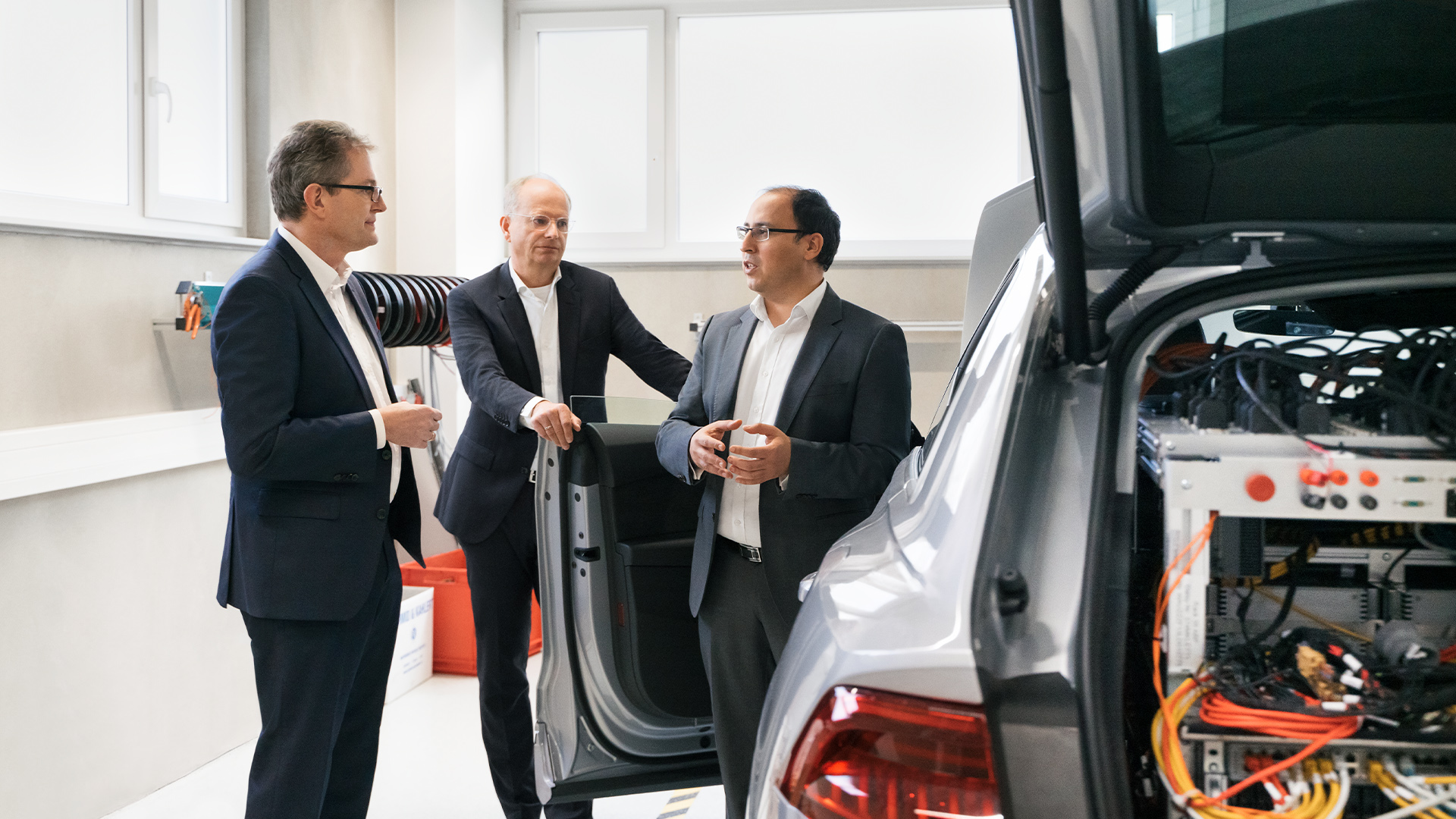
Prof. Christoph Lütge (left) researches business and corporate ethics at the Technical University of Munich, Germany. Dr. Thomas Dahlem and Dr. Essayed Bouzouraa (right) are shaping the future of automated driving at CARIAD. They are driving forward the technology’s development in Gaimersheim near Ingolstadt, Germany.
Dr. Bouzouraa, how long will it be before cars are driving themselves? Dr. Essayed Bouzouraa: There is no short answer to that question. We also need to define the environment in which the technology is to be used – the domains – and its functional scope. Having said that, I am confident that we will see a gradual introduction into structured environments, such as motorways, over the next five years.
Prof. Lütge, you were on the ethics committee that established guidelines for automated driving in Germany in 2017 and continue to research this subject. Are we as a society ready for this technology? Five years is a relatively short period of time. Prof. Christoph Lütge: As I see it, we are not quite asking enough of people in Germany when it comes to automated mobility. We have been talking about it for a number of years and I think people are now ready to take the next steps. We should talk about the advantages – the real benefits – and not just the challenges and risks.
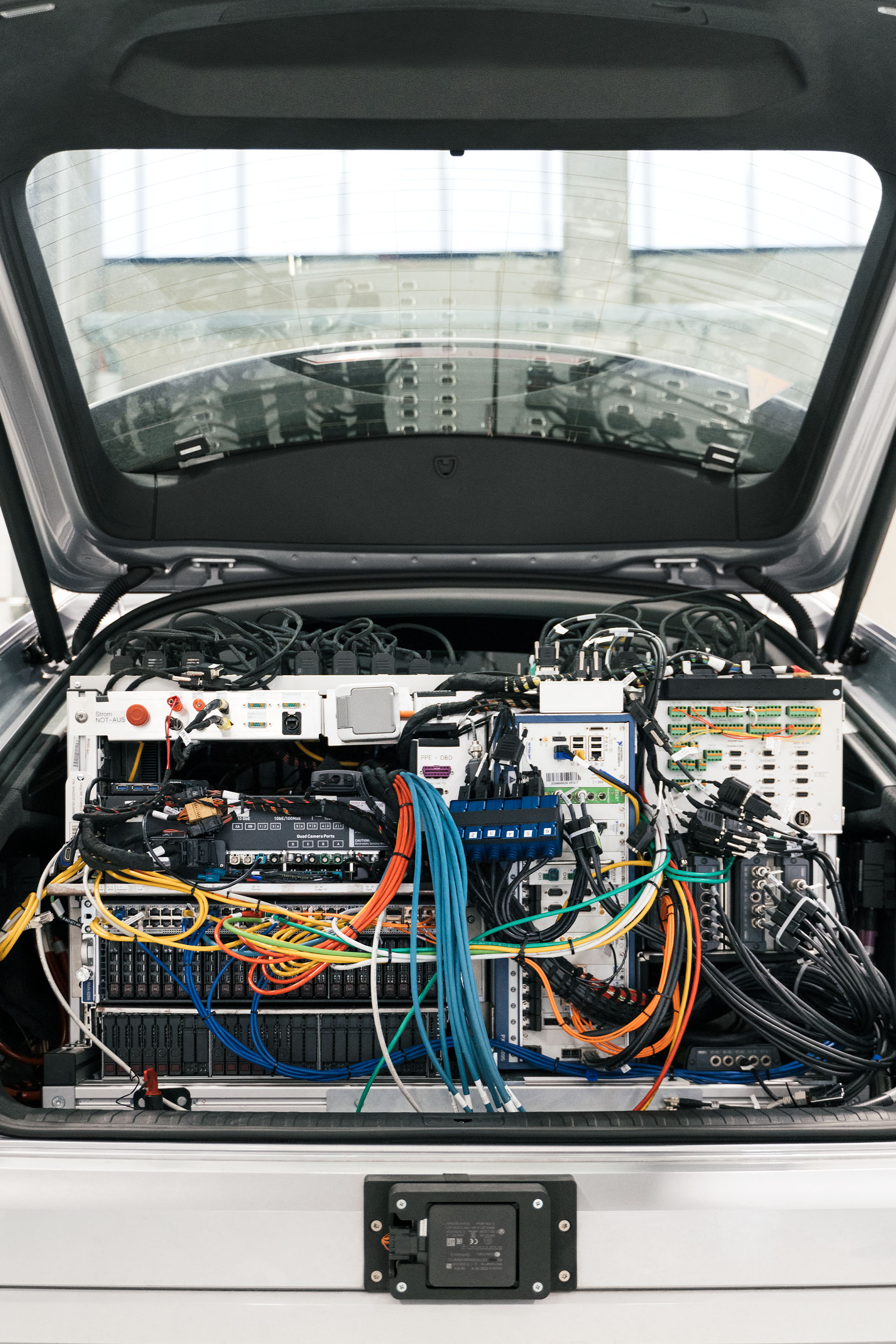
The technology currently still requires a lot of space in the test vehicles to collect the necessary data. According to the Four Rings’ engineers, it will in future only take up the size of a shoebox.
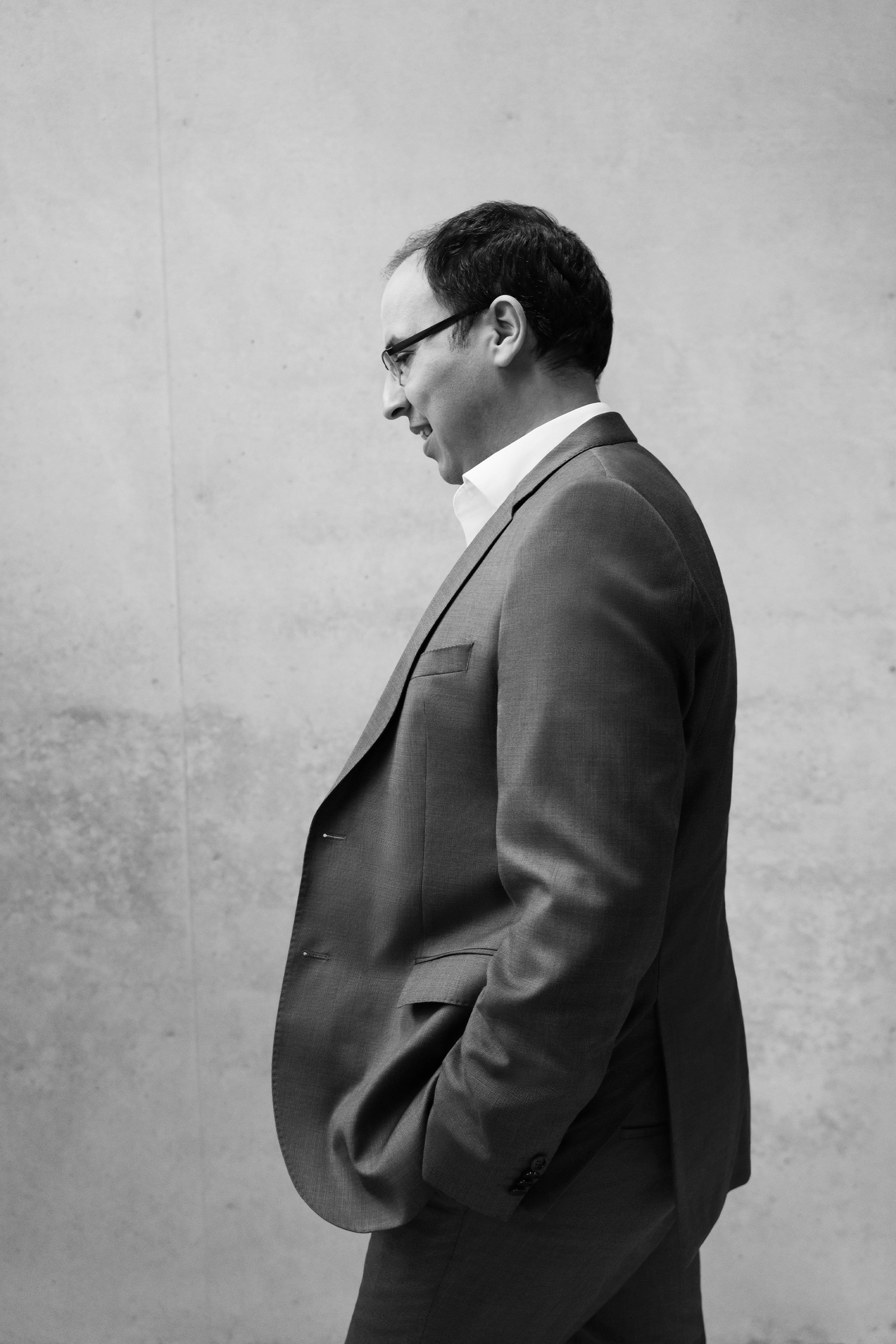
Dr. Essayed Bouzouraa has been working on highly automated driving since 2012 and, as Head of Development at Audi, he and his team are responsible for developing the “highway pilot” technology.
“ The highway pilot will be a defensive driver. ”
Dr.-Ing. Essayed Bouzouraa
You talk about automation, but the term “autonomous” is frequently used. Bouzouraa: In this context, we always talk about automated driving. The “highway pilot” system comes into play at Level 3 (as defined by the Society of Automotive Engineers, SAE; ed.). At this level, drivers can opt to hand over the driving task to the system within defined limits in certain zones, referred to as domains. After a given warning period, the driver must take over the steering wheel again. Until that point, the system is responsible. At Level 4 (as defined by the SAE; ed.), the driver is no longer required to take over. Once the driving task is assigned to the vehicle, it needs to be able to handle every conceivable situation. Lütge: In the ethics committee, we referred to this as “connected” and “automated” driving. However, even though it is somewhat misleading, I have the impression that the term “autonomous driving” has become widely established. I would still rather stick with the terms “automated” and “highly automated” driving. Dr. Thomas Dahlem: For me, a system is autonomous when it operates entirely independently, without the option of human intervention. But that’s not the vision we are pursuing.
How closely are science and industry working together in this field? Bouzouraa: We are at a stage where interdisciplinary networking is crucial. It is important for us to have a shared understanding. Lütge: Up to now, ethics was usually only considered in relation to technology issues after a major problem occurred. Yet we believe that questions above and beyond the technological aspects need to be asked in advance. The sort of questions for which there is still no legal definition and perhaps never will be.
What kind of questions are you thinking of? Lütge: For instance, there is the question of how an automated car behaves with regard to other road users: does it drive extremely defensively, does it maintain a greater distance than required by law and so on? It is precisely these soft ethical issues that must be taken into account in order to inspire trust in this new technology. Our aim is to provide input right from the development phase. Bouzouraa: We need dialogue – a permanent feedback loop – both during development and once the technology has gone into series production. Because, essentially, development never ends.
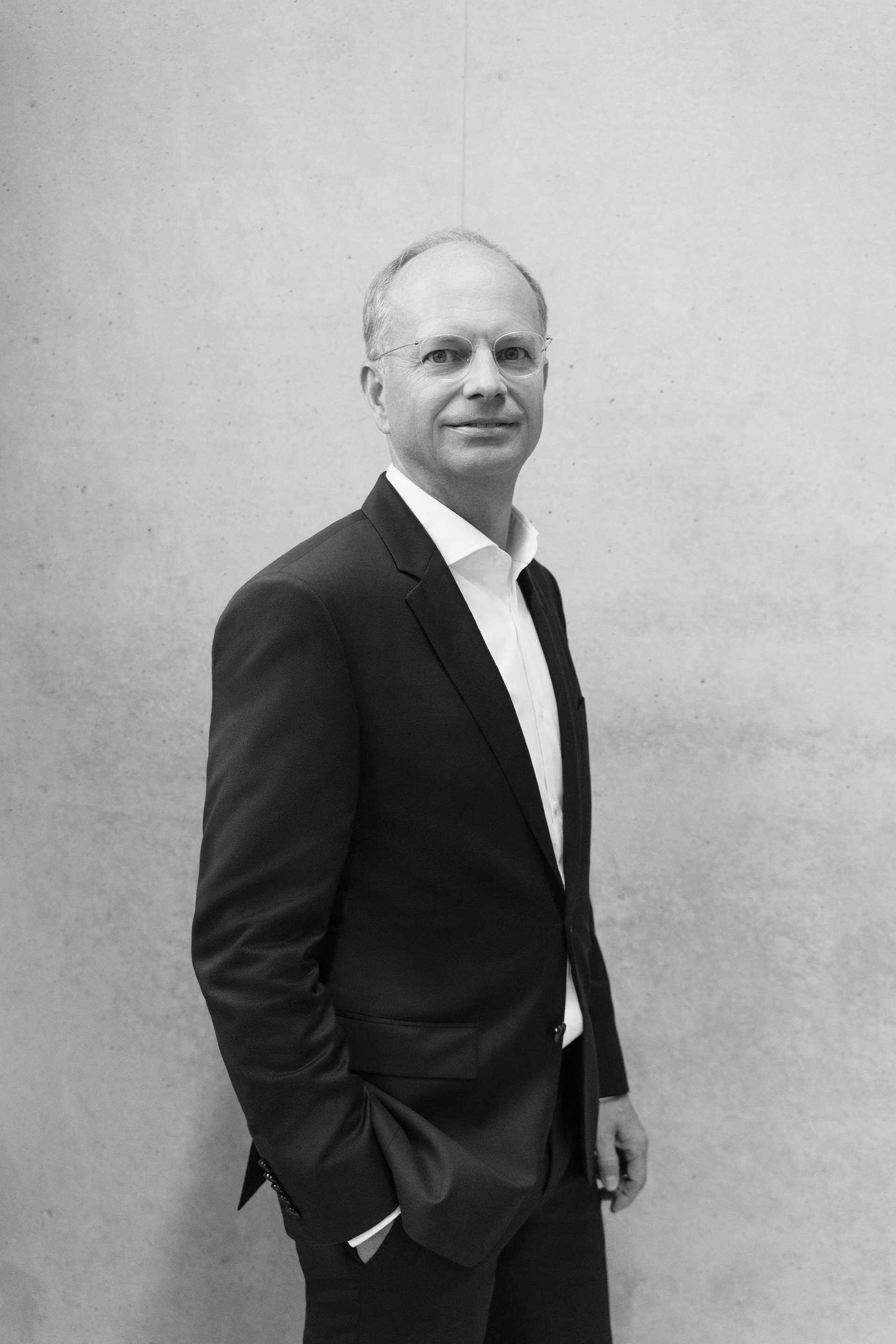
Dr. Thomas Dahlem has spent his entire career to date at the Volkswagen Group, where he is now responsible for the partially and highly automated driving project house.
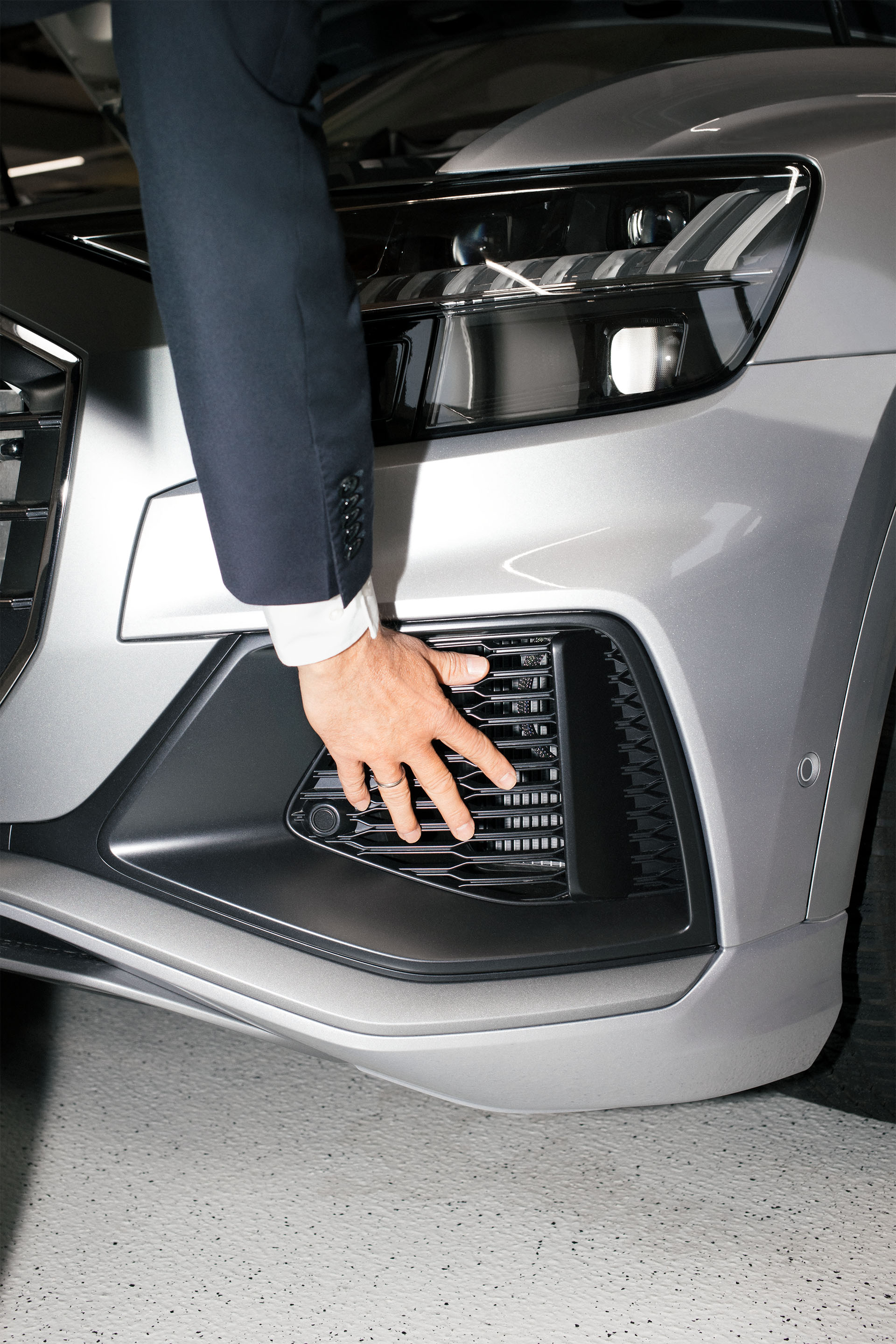
Audi also relies on lidar sensors, which use a laser to measure distance and speed. Future vehicle architecture will be designed around the necessary sensors and components.
“ We develop experiences. That’s never been done before. ”
Dr. Thomas Dahlem
To what extent can traditional automotive engineering actually be applied to automated driving? Bouzouraa: This is a fundamental transformation affecting both our customers – in terms of their future driving experience – and us as the manufacturer with regard to present-day vehicle development and design. It calls for numerous sensors and systems that need to be optimally positioned and networked. Of course, an automated Audi will look good inside and out, but the development requirements and processes are different. Dahlem: Our aim is to be able to offer customers brand new in-vehicle experiences. Looking ahead, we will develop models around these experiences. That’s never been done before. This will affect virtually all of the components we are familiar with in today’s vehicles, which will need to be looked at with fresh eyes.
Such as? Bouzouraa: I’m thinking, for example, of established systems such as windscreen washer reservoirs, which will take on a completely new meaning. In the future, we will have to create conditions to ensure that the sensors on the body can be cleaned and kept clear at all times – even without any passenger’s involvement in the process.
How much progress has Audi made so far? Bouzouraa: We are constantly on the road with our test vehicles to collect data and learn. The various sensors in and on the car collect vast amounts of information every day. We have had to define new methods, including artificial intelligence (AI), to analyse the huge data volumes. At the same time, we are establishing the requisite processes and paving the way for transitioning the technology to series production. Dahlem: There is also the challenge of identifying and interpreting all conceivable scenarios – in other words, how the vehicle will behave in certain situations – even before a function is programmed.
How can you anticipate every conceivable scenario? There are infinite possibilities. Bouzouraa: That’s true. There have been reports, based on the current state-of-the-art technology, that advertising images on buses showing people in motion have been misinterpreted. For instance, the system interpreted this as someone jumping into the street. Sometimes, visual perception using cameras reaches its limits. A while ago, a case involving camera systems interpreting the shining moon as an amber traffic light was doing the rounds online. That’s why we rely on a mixture of visual and actively measuring sensors such as radars and lidars.
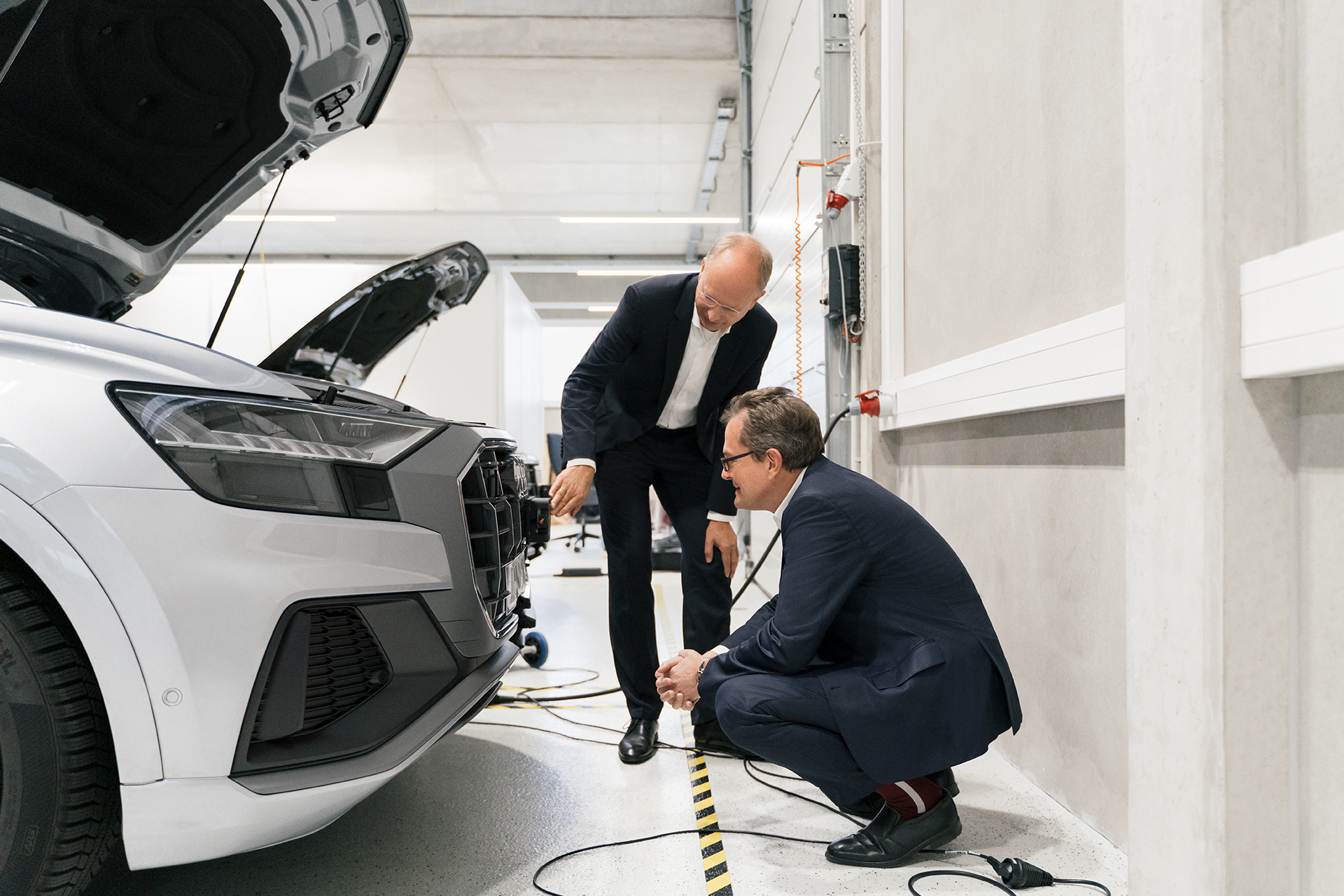
Different sensors record what is happening in front of an automated vehicle. How much or little distance the system maintains independently is one of the key questions addressed by Thomas Dahlem and Christoph Lütge.
The Volkswagen Group bundles its software expertise in the company CARIAD. Today, more than 4,500 developers, engineers and designers at several locations in Germany and around the world are working on a unified software platform that will make the automotive experience safer, more sustainable and more comfortable. Among other things, assisted and automated driving functions (up to SAE Level 4) are being developed for all of the Group’s passenger car brands.
How do you build trust among the public when anomalies like this crop up? Lütge: I believe that people do see the benefits. Today’s assistance systems already hint at some of what could be possible. You can’t convince everyone, but that won’t always be down to a lack of trust. Bouzouraa: Trust is fundamental. How easy it is for passengers to understand why the AI behaves in the way it does is also important in this respect. For example, test participants have fed back that driving too smoothly causes them to feel uneasy. It makes them wonder whether the system is actually active. So, for instance, we are now discussing in development how much the steering wheel should move during automated driving to provide visual feedback. Lütge: This also shows that not everything can be explained in rational terms. Emotions also come into play. But I would caution against over-emphasising concerns. Even today, road users trust technology, sometimes drive at very high speeds, and so on.
Transparent behaviour is key: How can automated and non-automated vehicles coexist, especially to begin with? Bouzouraa: This is something we are obviously giving a lot of thought to. It could be helpful to initially only release the systems for use in the defined domains. At least, that’s the direction we are thinking in. The term “highway pilot” already hints at this. The motorway is a relatively controllable domain, with clear structural and legal frameworks. However, it is naturally important that we take all road users into account in our behavioural assumptions. Lütge: I don’t think mixed traffic will be that much of a problem. Other carmakers are developing their own systems, which will also lead to a high level of communication and awareness. I think it’s reasonable to learn on the motorway first, but we must not neglect the rest, especially cities.
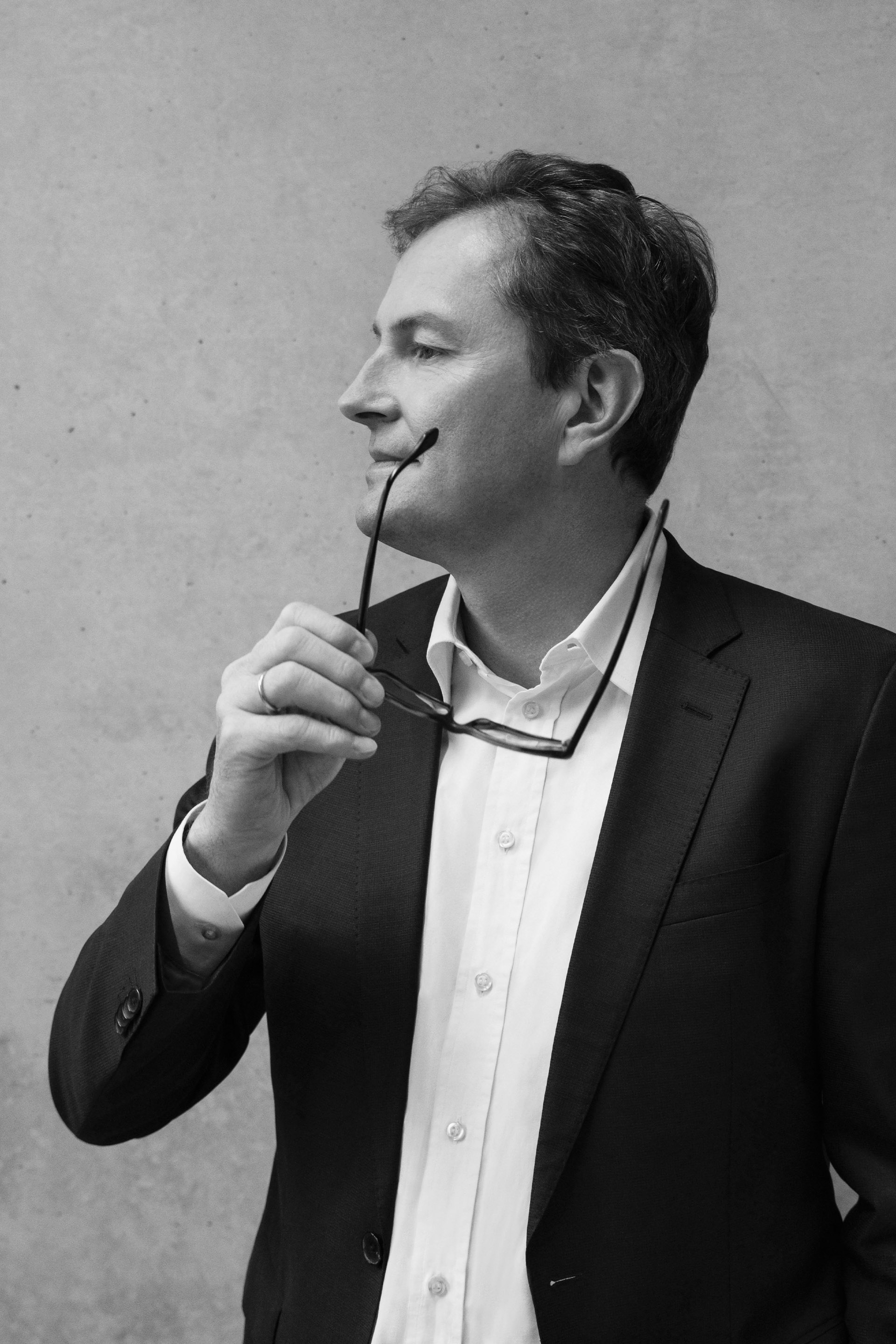
In 2017, philosopher and economist Prof. Christoph Lütge sat on the German ethics committee that addressed questions about automated driving on behalf of the federal government.
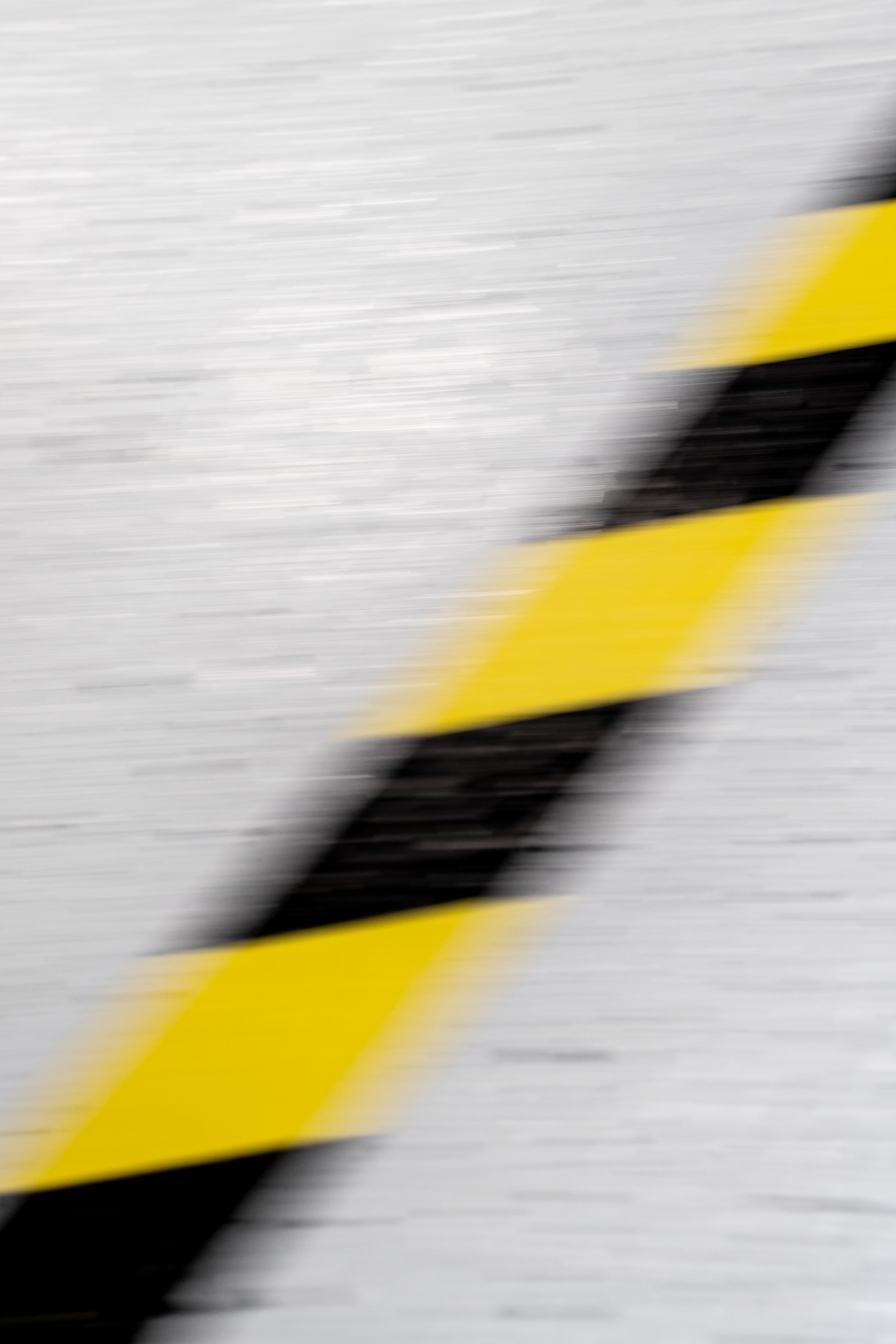
In July 2021, a new law governing among other things the testing and technical requirements for the approval and operation of Level 4 automated vehicles according to the SAE classification was introduced in Germany.
“ I would caution against over-emphasising concerns. Even today, people trust technology. ”
Prof. Dr. Christoph Lütge
City driving makes the challenge even greater? Bouzouraa: Fundamentally speaking, we need to take a 360-degree approach, I agree. But the “city” domain, with pedestrians and cyclists, adds a new level of complexity. Dahlem: Just as motorways merge into urban spaces, we will approach this challenge step by step. But the technology first needs to be able to handle things like complex intersections, roundabouts – potentially with crests that the sensors can’t see over. Lütge: And it’s important to weigh up the risks in advance. How do we determine what risks would be considered acceptable? That’s what we are looking at now. We need to be clear: we cannot approach the issue with a zero-risk mindset, that is unrealistic.
But how do you evaluate risk? Dahlem: Human beings are the benchmark. And humans already have an amazing ability to react at the last millisecond. Our demands on the system with its artificial intelligence are correspondingly high. Lütge: Having said that, being better than a human driver offers significant scope for interpretation. It can be counterproductive if the standard set is too high, too cautious, too sporty, too defensive.
So what do you use for guidance? Bouzouraa: We design an AI driver by modelling an average driver. We already know that the highway pilot will be a relatively defensive driver. Ultimately, being driven should also enhance comfort and be enjoyable. That would be difficult to achieve if the automated vehicle drove too aggressively. It must steer its passengers through traffic unobtrusively and safely. The question we are examining is whether and how the system’s learning curve will be accepted. Lütge: That’s a good question, and one that we also discussed in the ethics committee. It should not be the individual vehicle that learns, but the entire fleet. At least whenever it comes to issues related to safety. If someone prefers to drive a little slower on the motorway than someone else, that could then be configured variably. The fact that it is fundamentally a learning process, that the experience of being driven will change over time – people can accept that. Our society has long become used to the idea that artificial intelligence gathers experience and adapts.
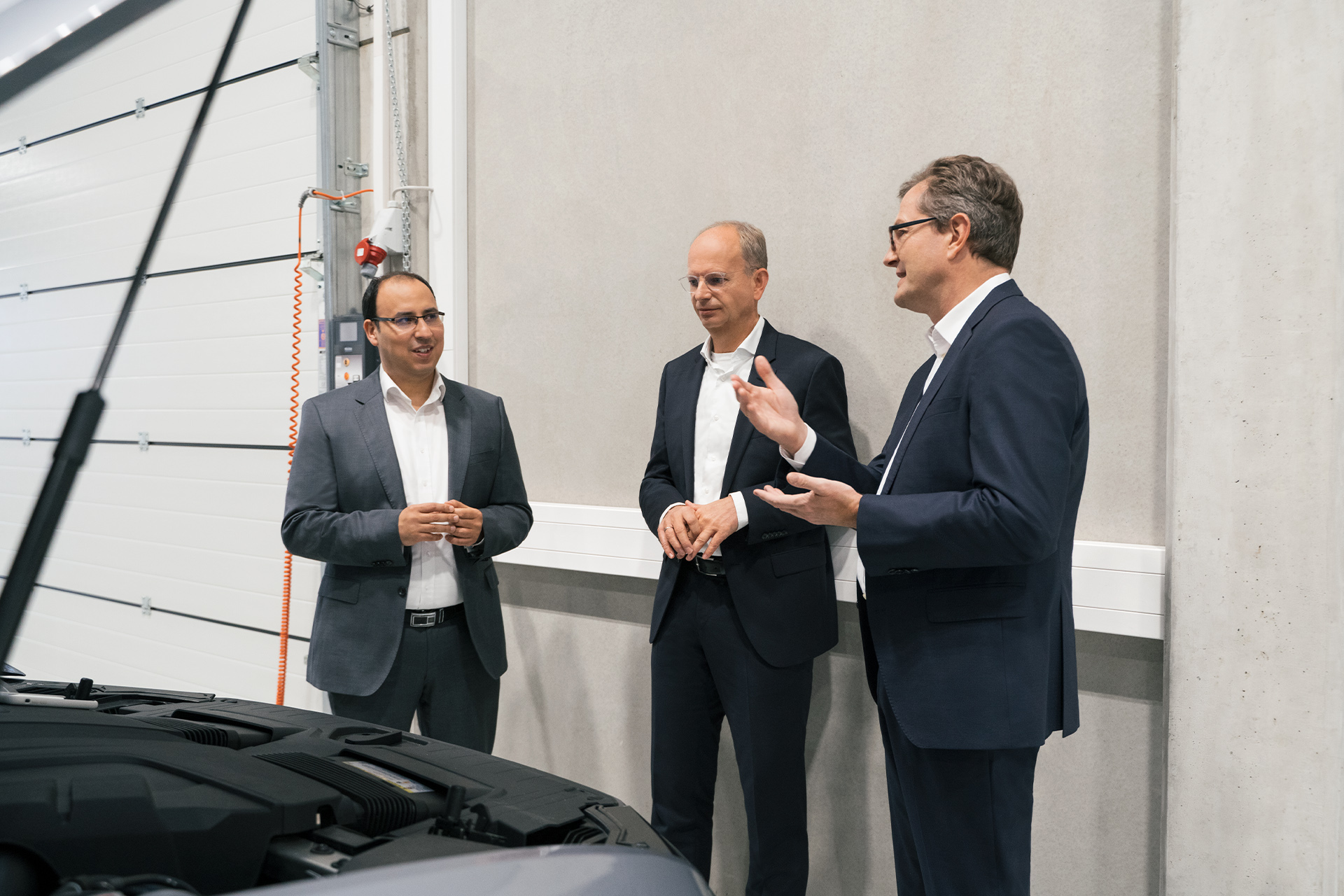
Interdisciplinary exchanges on the challenges and opportunities of automated driving, even at an early stage of development, is crucial for ethicist Christoph Lütge (right) as well as for Thomas Dahlem (centre) and Essayed Bouzouraa.
With regard to the modelled driver: doesn’t each country have its own idiosyncrasies on the road? Bouzouraa: There is definitely a connection with individual experience and hence culture. How does an automated driving vehicle map the driving style of a particular region? Is there a kind of best-fit line? These are aspects we are currently working on. Lütge: We have a special situation in Europe where people are constantly travelling across borders into countries where perceptions differ to some extent. Having tried out various test vehicles, I also have the feeling that no standard exists as yet. Dahlem: Everything needs to be thought through in even greater detail: for example, an automated car purchased in Germany will in future also need to be able to recognise an Italian police officer. In The Netherlands, the colour of motorway signs differs from that in Germany, while in Portugal, different materials are used on the carriageway. This will mean that we won’t be able to make our system readily available everywhere, or only to a limited extent. But as already mentioned, this technology represents a process of perpetual learning and adapting for us. Bouzouraa: Staying with the highway pilot, we should also remember that we have around 13,200 kilometres of motorway in Germany alone. There is plenty of potential to enjoy the benefits and the experience of automated driving. I am sure of it.
You might also be interested in
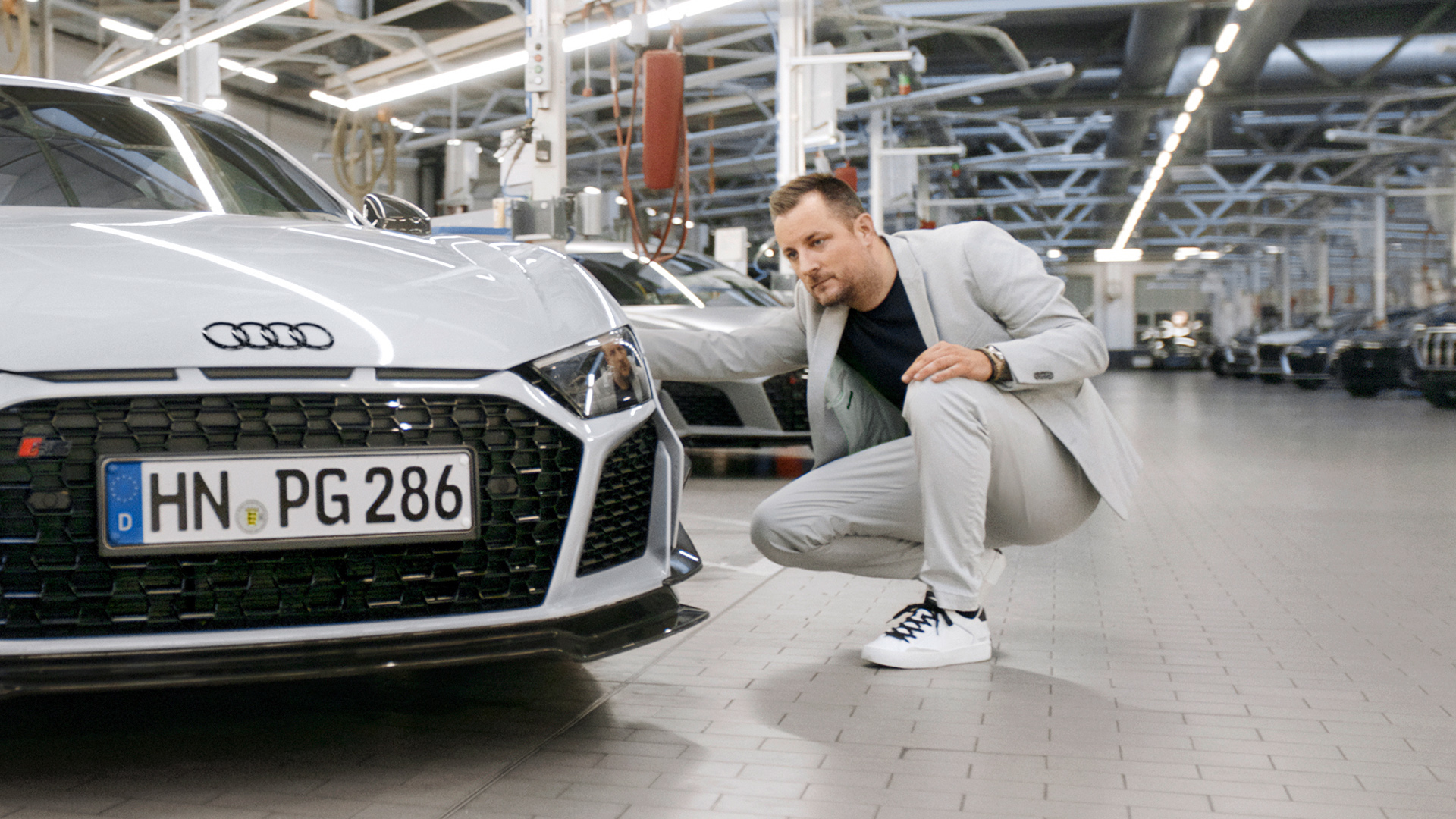
“We stay true to ourselves by always venturing down new paths.”
Sebastian Grams, talks about the future of the Audi Sport performance brand. More on Audi's history and how it will shape its future.
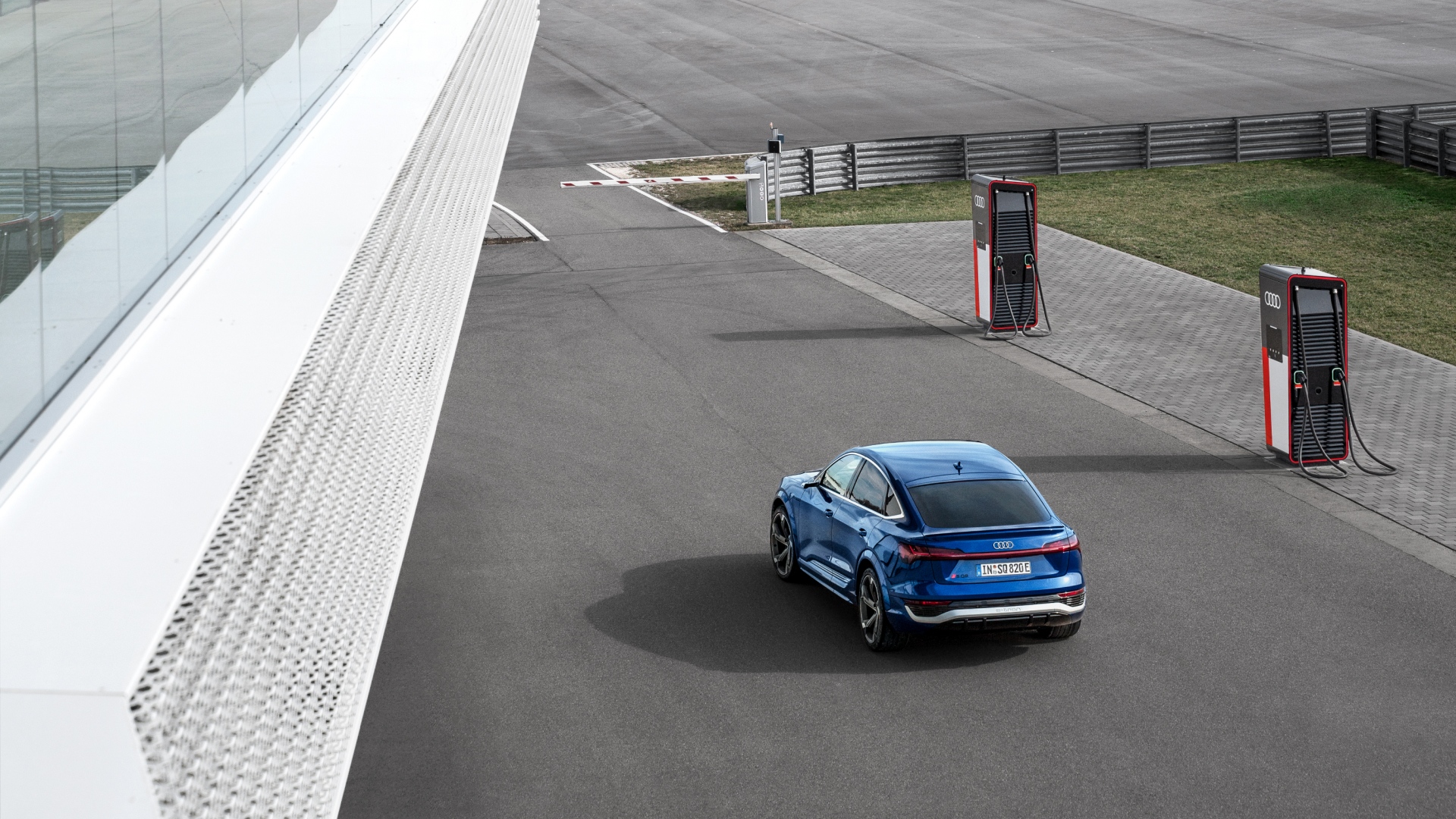
Intelligent thermal management for fast charging
Audi's intelligent thermal management enables faster charging. Read more on Audi electric charging and Audi e-tron charging time.
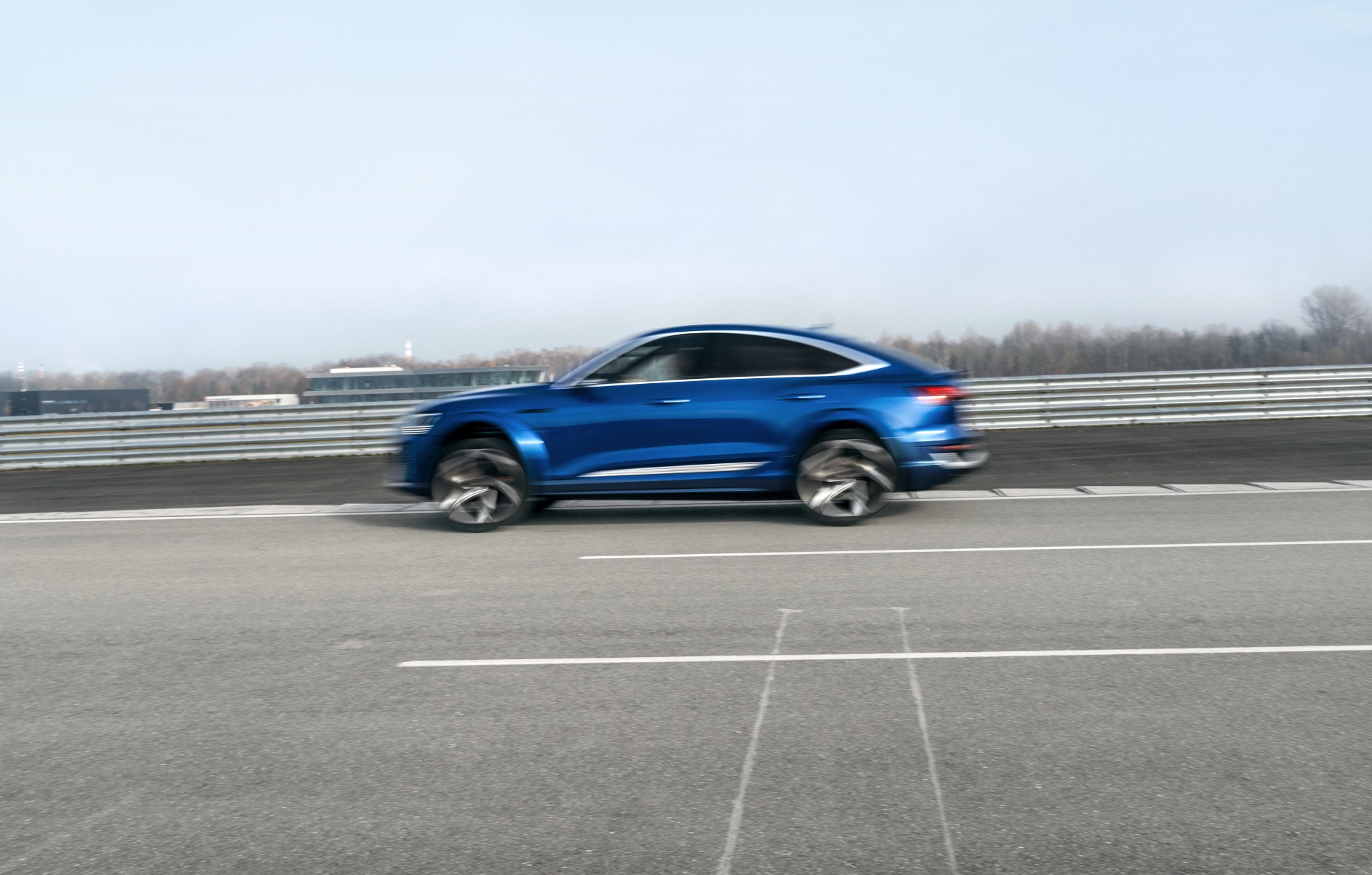
Taking dynamics to a whole new level
Three electric motors ensure a seamless driving experience in the Audi SQ8 Sportback e-tron. Read how the Audi e-tron battery size adds to smooth driving.
- Audi Abu Dhabi
- Audi Bahrain
- Audi Jordan
- Audi Kuwait
- Audi Lebanon
- Audi Saudi Arabia
- Book a test drive
- Book a service
- Roadside Assistance
- Find a dealer
- Electric Mobility
- News / Press
- Audi exclusive
- Download a brochure
- Owners & Aftersales
- Business & Fleet
- Sustainability
© 2024 AUDI AG. All rights reserved
- Compliance & Integrity
- Data Protection
We use cookies to make our website work better and improve your online experience. By continuing to browse this website you accept the use of cookies, read more about cookies and our policy.
- Privacy policy
Time for new experiences
Audi has given us a glimpse into the future of automated mobility with its Sphere concept vehicles. How far has the technology come, what possibilities does it offer and – technical aspects aside – what else needs to be considered? A conversation about current developments.
Copy: Patrick Morda ― Photo: Robert Fischer Lesezeit: 9 min

Prof. Christoph Lütge (left) researches business and corporate ethics at the Technical University of Munich, Germany. Dr. Thomas Dahlem and Dr. Essayed Bouzouraa (right) are shaping the future of automated driving at CARIAD. They are driving forward the technology’s development in Gaimersheim near Ingolstadt, Germany.
Dr. Bouzouraa, how long will it be before cars are driving themselves? Dr. Essayed Bouzouraa: There is no short answer to that question. We also need to define the environment in which the technology is to be used – the domains – and its functional scope. Having said that, I am confident that we will see a gradual introduction into structured environments, such as motorways, over the next five years.
Prof. Lütge, you were on the ethics committee that established guidelines for automated driving in Germany in 2017 and continue to research this subject. Are we as a society ready for this technology? Five years is a relatively short period of time. Prof. Christoph Lütge: As I see it, we are not quite asking enough of people in Germany when it comes to automated mobility. We have been talking about it for a number of years and I think people are now ready to take the next steps. We should talk about the advantages – the real benefits – and not just the challenges and risks.

The technology currently still requires a lot of space in the test vehicles to collect the necessary data. According to the Four Rings’ engineers, it will in future only take up the size of a shoebox.

Dr. Essayed Bouzouraa has been working on highly automated driving since 2012 and, as Head of Development at Audi, he and his team are responsible for developing the “highway pilot” technology.
“ The highway pilot will be a defensive driver. ”
Dr.-Ing. Essayed Bouzouraa
You talk about automation, but the term “autonomous” is frequently used. Bouzouraa: In this context, we always talk about automated driving. The “highway pilot” system comes into play at Level 3 (as defined by the Society of Automotive Engineers, SAE; ed.). At this level, drivers can opt to hand over the driving task to the system within defined limits in certain zones, referred to as domains. After a given warning period, the driver must take over the steering wheel again. Until that point, the system is responsible. At Level 4 (as defined by the SAE; ed.), the driver is no longer required to take over. Once the driving task is assigned to the vehicle, it needs to be able to handle every conceivable situation. Lütge: In the ethics committee, we referred to this as “connected” and “automated” driving. However, even though it is somewhat misleading, I have the impression that the term “autonomous driving” has become widely established. I would still rather stick with the terms “automated” and “highly automated” driving. Dr. Thomas Dahlem: For me, a system is autonomous when it operates entirely independently, without the option of human intervention. But that’s not the vision we are pursuing.
How closely are science and industry working together in this field? Bouzouraa: We are at a stage where interdisciplinary networking is crucial. It is important for us to have a shared understanding. Lütge: Up to now, ethics was usually only considered in relation to technology issues after a major problem occurred. Yet we believe that questions above and beyond the technological aspects need to be asked in advance. The sort of questions for which there is still no legal definition and perhaps never will be.
What kind of questions are you thinking of? Lütge: For instance, there is the question of how an automated car behaves with regard to other road users: does it drive extremely defensively, does it maintain a greater distance than required by law and so on? It is precisely these soft ethical issues that must be taken into account in order to inspire trust in this new technology. Our aim is to provide input right from the development phase. Bouzouraa: We need dialogue – a permanent feedback loop – both during development and once the technology has gone into series production. Because, essentially, development never ends.

Dr. Thomas Dahlem has spent his entire career to date at the Volkswagen Group, where he is now responsible for the partially and highly automated driving project house.

Audi also relies on lidar sensors, which use a laser to measure distance and speed. Future vehicle architecture will be designed around the necessary sensors and components.
“ We develop experiences. That’s never been done before. ”
Dr. Thomas Dahlem
To what extent can traditional automotive engineering actually be applied to automated driving? Bouzouraa: This is a fundamental transformation affecting both our customers – in terms of their future driving experience – and us as the manufacturer with regard to present-day vehicle development and design. It calls for numerous sensors and systems that need to be optimally positioned and networked. Of course, an automated Audi will look good inside and out, but the development requirements and processes are different. Dahlem: Our aim is to be able to offer customers brand new in-vehicle experiences. Looking ahead, we will develop models around these experiences. That’s never been done before. This will affect virtually all of the components we are familiar with in today’s vehicles, which will need to be looked at with fresh eyes.
Such as? Bouzouraa: I’m thinking, for example, of established systems such as windscreen washer reservoirs, which will take on a completely new meaning. In the future, we will have to create conditions to ensure that the sensors on the body can be cleaned and kept clear at all times – even without any passenger’s involvement in the process.
How much progress has Audi made so far? Bouzouraa: We are constantly on the road with our test vehicles to collect data and learn. The various sensors in and on the car collect vast amounts of information every day. We have had to define new methods, including artificial intelligence (AI), to analyse the huge data volumes. At the same time, we are establishing the requisite processes and paving the way for transitioning the technology to series production. Dahlem: There is also the challenge of identifying and interpreting all conceivable scenarios – in other words, how the vehicle will behave in certain situations – even before a function is programmed.
How can you anticipate every conceivable scenario? There are infinite possibilities. Bouzouraa: That’s true. There have been reports, based on the current state-of-the-art technology, that advertising images on buses showing people in motion have been misinterpreted. For instance, the system interpreted this as someone jumping into the street. Sometimes, visual perception using cameras reaches its limits. A while ago, a case involving camera systems interpreting the shining moon as an amber traffic light was doing the rounds online. That’s why we rely on a mixture of visual and actively measuring sensors such as radars and lidars.

Different sensors record what is happening in front of an automated vehicle. How much or little distance the system maintains independently is one of the key questions addressed by Thomas Dahlem and Christoph Lütge.
The Volkswagen Group bundles its software expertise in the company CARIAD. Today, more than 4,500 developers, engineers and designers at several locations in Germany and around the world are working on a unified software platform that will make the automotive experience safer, more sustainable and more comfortable. Among other things, assisted and automated driving functions (up to SAE Level 4) are being developed for all of the Group’s passenger car brands.
How do you build trust among the public when anomalies like this crop up? Lütge: I believe that people do see the benefits. Today’s assistance systems already hint at some of what could be possible. You can’t convince everyone, but that won’t always be down to a lack of trust. Bouzouraa: Trust is fundamental. How easy it is for passengers to understand why the AI behaves in the way it does is also important in this respect. For example, test participants have fed back that driving too smoothly causes them to feel uneasy. It makes them wonder whether the system is actually active. So, for instance, we are now discussing in development how much the steering wheel should move during automated driving to provide visual feedback. Lütge: This also shows that not everything can be explained in rational terms. Emotions also come into play. But I would caution against over-emphasising concerns. Even today, road users trust technology, sometimes drive at very high speeds, and so on.
Transparent behaviour is key: How can automated and non-automated vehicles coexist, especially to begin with? Bouzouraa: This is something we are obviously giving a lot of thought to. It could be helpful to initially only release the systems for use in the defined domains. At least, that’s the direction we are thinking in. The term “highway pilot” already hints at this. The motorway is a relatively controllable domain, with clear structural and legal frameworks. However, it is naturally important that we take all road users into account in our behavioural assumptions. Lütge: I don’t think mixed traffic will be that much of a problem. Other carmakers are developing their own systems, which will also lead to a high level of communication and awareness. I think it’s reasonable to learn on the motorway first, but we must not neglect the rest, especially cities.

In 2017, philosopher and economist Prof. Christoph Lütge sat on the German ethics committee that addressed questions about automated driving on behalf of the federal government.

In July 2021, a new law governing among other things the testing and technical requirements for the approval and operation of Level 4 automated vehicles according to the SAE classification was introduced in Germany.
“ I would caution against over-emphasising concerns. Even today, people trust technology. ”
Prof. Dr. Christoph Lütge
City driving makes the challenge even greater? Bouzouraa: Fundamentally speaking, we need to take a 360-degree approach, I agree. But the “city” domain, with pedestrians and cyclists, adds a new level of complexity. Dahlem: Just as motorways merge into urban spaces, we will approach this challenge step by step. But the technology first needs to be able to handle things like complex intersections, roundabouts – potentially with crests that the sensors can’t see over. Lütge: And it’s important to weigh up the risks in advance. How do we determine what risks would be considered acceptable? That’s what we are looking at now. We need to be clear: we cannot approach the issue with a zero-risk mindset, that is unrealistic.
But how do you evaluate risk? Dahlem: Human beings are the benchmark. And humans already have an amazing ability to react at the last millisecond. Our demands on the system with its artificial intelligence are correspondingly high. Lütge: Having said that, being better than a human driver offers significant scope for interpretation. It can be counterproductive if the standard set is too high, too cautious, too sporty, too defensive.
So what do you use for guidance? Bouzouraa: We design an AI driver by modelling an average driver. We already know that the highway pilot will be a relatively defensive driver. Ultimately, being driven should also enhance comfort and be enjoyable. That would be difficult to achieve if the automated vehicle drove too aggressively. It must steer its passengers through traffic unobtrusively and safely. The question we are examining is whether and how the system’s learning curve will be accepted. Lütge: That’s a good question, and one that we also discussed in the ethics committee. It should not be the individual vehicle that learns, but the entire fleet. At least whenever it comes to issues related to safety. If someone prefers to drive a little slower on the motorway than someone else, that could then be configured variably. The fact that it is fundamentally a learning process, that the experience of being driven will change over time – people can accept that. Our society has long become used to the idea that artificial intelligence gathers experience and adapts.

Interdisciplinary exchanges on the challenges and opportunities of automated driving, even at an early stage of development, is crucial for ethicist Christoph Lütge (right) as well as for Thomas Dahlem (centre) and Essayed Bouzouraa.
With regard to the modelled driver: doesn’t each country have its own idiosyncrasies on the road? Bouzouraa: There is definitely a connection with individual experience and hence culture. How does an automated driving vehicle map the driving style of a particular region? Is there a kind of best-fit line? These are aspects we are currently working on. Lütge: We have a special situation in Europe where people are constantly travelling across borders into countries where perceptions differ to some extent. Having tried out various test vehicles, I also have the feeling that no standard exists as yet. Dahlem: Everything needs to be thought through in even greater detail: for example, an automated car purchased in Germany will in future also need to be able to recognise an Italian police officer. In The Netherlands, the colour of motorway signs differs from that in Germany, while in Portugal, different materials are used on the carriageway. This will mean that we won’t be able to make our system readily available everywhere, or only to a limited extent. But as already mentioned, this technology represents a process of perpetual learning and adapting for us. Bouzouraa: Staying with the highway pilot, we should also remember that we have around 13,200 kilometres of motorway in Germany alone. There is plenty of potential to enjoy the benefits and the experience of automated driving. I am sure of it.
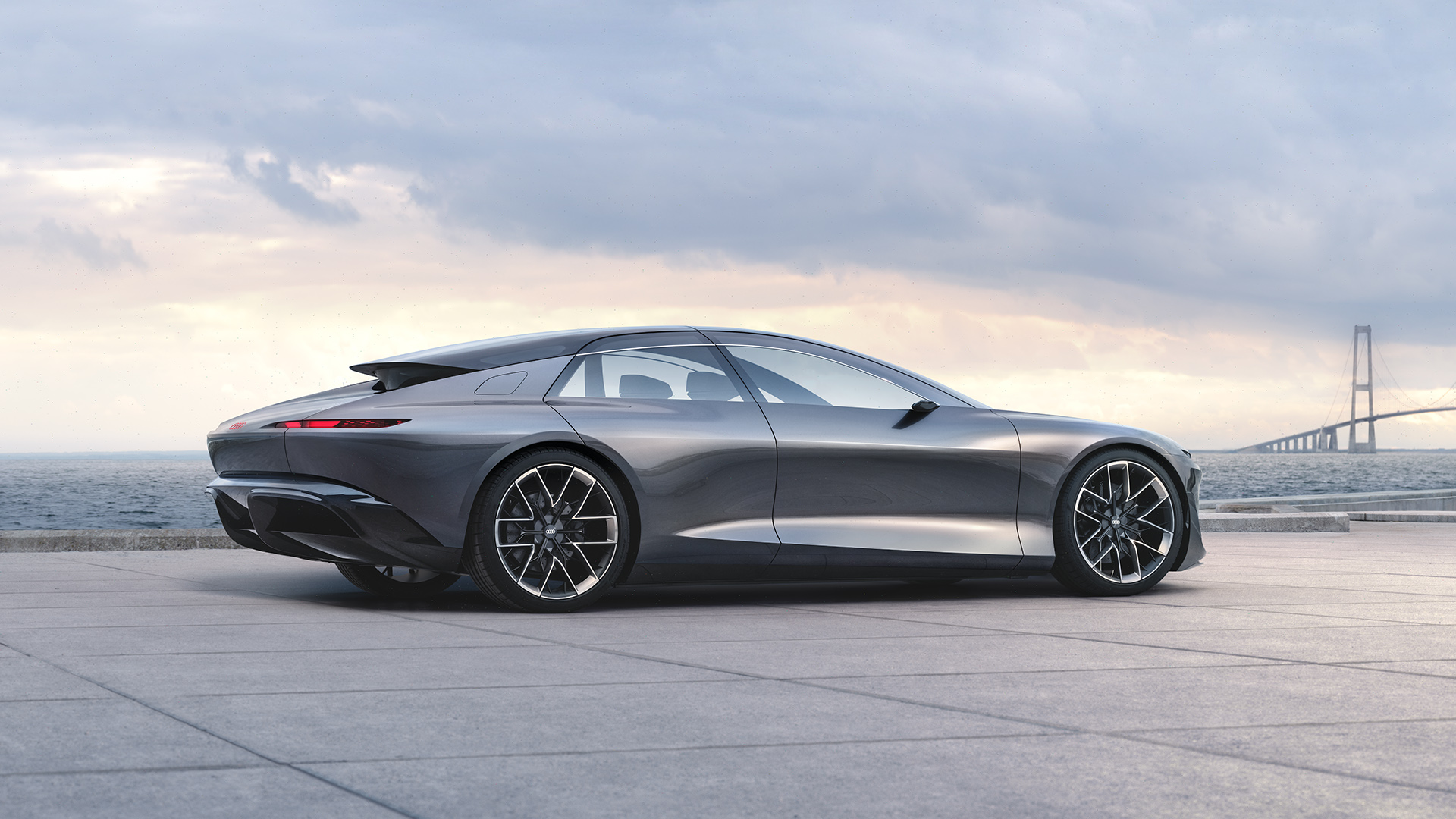
Experience the future with Audi
For Audi, shaping the future is the expression of a mindset. Nowhere is that mindset more tangible than in the brand’s studies and concept vehicles. It’s here that Audi shows: Tomorrow’s mobility is as fascinating as it’s exciting.
The vehicle shown is a concept vehicle that is not available as a production vehicle.
You might also be interested in
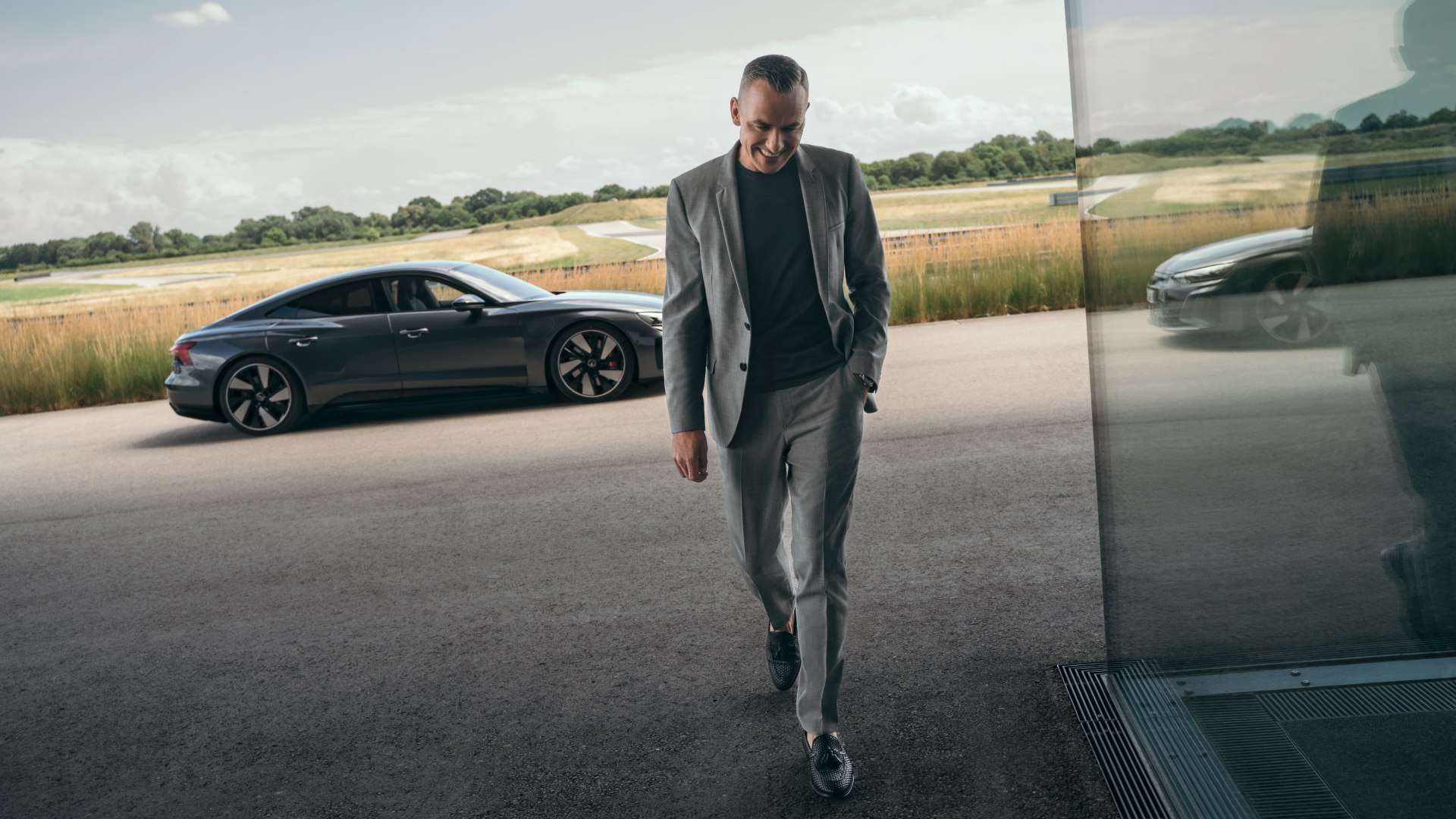
Heading into the next era of electrification
Henrik Wenders, Head of the Audi brand, has been living the electrified lifestyle for years. An interview about enthusiasm and fresh thinking.
Only consumption and emission values according to WLTP and not according to NEDC are available for the vehicle.

Intelligent thermal management for fast charging
The actual charging time of an electric vehicle depends to a large extent on an ideal charging curve. It is achieved by a complex thermal management of the lithium-ion battery.

Taking dynamics to a whole new level
Three electric motors ensure an impressive driving experience in the Audi SQ8 Sportback e-tron.
Tests under extreme conditions in the climatic wind tunnel
The fully electric Audi SQ8 Sportback e-tron * and Audi Q8 Sportback e-tron * vehicles have to prove themselves in the Audi climatic wind tunnel.
- Model price list
- Audi Approved Plus
- Dealer Locator
- Audi Owners
- Audi Service
- myAudi Connect
- Audi Club Rewards
- Audi Concierge
- Sustainability
- Discover Audi from Home
- Book a test drive
- Audi RS e-tron GT
- Audi e-tron GT
- Audi e-tron hub
- Corporate Governance
- Contact / Newsletter
© 2024 © AUDI AG.
- Cookie Policy
- Cookie Settings
“The specified values of fuel consumption and emission are determined according to the mandatory emission test measurement specified in Rule 115 of Central Motor Vehicle Rules 1989 (CMVR), under controlled conditions using reference fuel, at an agency authorized under Rule 126 of CMVR. Fuel consumption and emission values may vary due to factors such as driving habits, road and traffic condition, fuel quality, maintenance practices, loading pattern, ambient condition and engineering tolerances etc. The values declared for the vehicles have been obtained from one of the variant tested as per Central Motor Vehicle Rule 115. Fuel consumption and emission value for other variants may differ. Audi India or its authorize dealers shall not be held liable for any difference in fuel consumption values, due to any of the aforesaid variables. Due to constant product improvement / changes in regulatory framework, technical specification provided herewith are subject to change without prior notice, customers are requested to contact Audi Call Centre / Audi Authorised Dealer for further details.”

IMAGES
COMMENTS
Time for new experiences. Prof. Christoph Lütge (left) researches business and corporate ethics at the Technical University of Munich, Germany. Dr. Thomas Dahlem and Dr. Essayed Bouzouraa (right) are shaping the future of automated driving at CARIAD. They are driving forward the technology's development in Gaimersheim near Ingolstadt, Germany.
In a recent insightful and inspiring conversation, Dr. Thomas Dahlem (Senior Director Development of Autonomous Driving at CARIAD), Dr. Essayed Bouzouraa (Head of Feature and Software Development ADAS/Automated Driving at CARIAD) and Professor Christoph Lütge from the Technical University of Munich, explored the current developments in the ...
Mohamed Essayed Bouzouraa's 17 research works with 242 citations and 3,061 reads, including: Utilizing LiDAR Intensity in Object Tracking
Profile Information. Communications Preferences. Profession and Education. Technical Interests. Need Help? US & Canada:+1 800 678 4333. Worldwide: +1 732 981 0060. Contact & Support. About IEEE Xplore.
U. Hofmann Mohamed Essayed Bouzouraa Tobias Weiherer. Engineering. 15 February 2014. TLDR. A method for operating a driver assistance system to assist in the selection of a lane of a multi-lane road in a motor vehicle, according to which the best rated lane is brought to the driver as a recommendation to the display.
Mohamed Essayed Bouzouraa. Pre-Development for Automated Driving, AUDI AG, Ingolstadt, Germany, Christoph Stiller. Institute of Measurement and Control Systems at Karlsruhe Institute of Technology, Germany
Affiliations: Advanced Driver Assistance Development Group, AUDI AG, Germany.
Mohamed Essayed Bouzouraa Pre-/Concept Development Automated Driving, AUDI AG, 85045 Ingolstadt, Germany Jürgen Teich Hardware/Software Co-Design, Department of Computer Science, Friedrich-Alexander University Erlangen-Nürnberg (FAU), 91054 Erlangen, Germany. DOI
Mohamed Essayed Bouzouraa has filed for patents to protect the following inventions. This listing includes patent applications that are pending as well as patents that have already been granted by the United States Patent and Trademark Office (USPTO).
List of computer science publications by Mohamed Essayed Bouzouraa. default search action. combined dblp search; author search; venue search; publication search
Mohamed Essayed Bouzouraa. Mohamed Essayed Bouzouraa. SciProfiles Scilit Preprints.org Google Scholar 3 and . Jürgen Teich. Jürgen Teich. SciProfiles Scilit Preprints.org Google Scholar 1. 1. Hardware/Software Co-Design, Department of Computer Science, Friedrich-Alexander University Erlangen-Nürnberg (FAU), 91054 Erlangen, Germany. 2.
Frank Dierkes, Marvin Raaijmakers, Max Theo Schmidt, Mohamed Essayed Bouzouraa, Ulrich Hofmann, and Markus Maurer. 2015. Towards a Multi-hypothesis Road Representation for Automated Driving. In IEEE Conference on Intelligent Transportation Systems, Proceedings, ITSC, Vol. 2015-Octob.
Dr.-Ing. Mohamed Essayed Bouzouraa BAIDU Siyuan Liu, BS, MBA [email protected] Yali Wang, MA [email protected] BMW Dr.-Ing. Christian Knobel [email protected] Dipl.-Inf. David Boymanns [email protected] Dr.-Ing. Matthias Löhning Dr. Bernhard Dehlink Dirk Kaule, M.Sc. r Dr. Jelena Frtunikj Dr. Florian Raisch Dipl.-Math. Miriam ...
DOI: 10.1109/IVS.2012.6232253 Corpus ID: 13245013; 360 Degree multi sensor fusion for static and dynamic obstacles @article{Schueler2012360DM, title={360 Degree multi sensor fusion for static and dynamic obstacles}, author={Kai Schueler and Tobias Weiherer and Mohamed Essayed Bouzouraa and Ulrich Hofmann}, journal={2012 IEEE Intelligent Vehicles Symposium}, year={2012}, pages={692-697}, url ...
Kai Schueler, Tobias Weiherer, Essayed Bouzouraa, and Ulrich Hofmann Abstract—In this paper an approach for 360 degree multi sensor fusion for static and dynamic obstacles is presented. The perception of static and dynamic obstacles is achieved by combining the advantages of model based object tracking and an occupancy map.
Dr. Essayed Bouzouraa has been working on highly automated driving since 2012 and, as Head of Development at Audi, he and his team are responsible for developing the "highway pilot" technology. The technology currently still requires a lot of space in the test vehicles to collect the necessary data.
Jörg Fickenscher 1, * ID , Sandra Schmidt 2, Frank Hannig 1 ID , Mohamed Essayed Bouzouraa 3. and Jürgen T eich 1 ID. 1 Hardware/Software Co-Design, Department of Computer Science, ...
Mohamed Essayed Bouzouraa; Published 2012; Physics; Zukunftige Fahrerassistenzsysteme mit hohem Automatisierungsgrad erfordern eine genaue und robuste Erfassung der Fahrzeugumgebung mit Hilfe von Umfeldsensoren. Hierfur beschaftigt sich die Arbeit mit der Konzeption und Umsetzung verschiedener rechen- und speichereffizienten ...
Dr. Essayed Bouzouraa has been working on highly automated driving since 2012 and, as Head of Development at Audi, he and his team are responsible for developing the "highway pilot" technology. The technology currently still requires a lot of space in the test vehicles to collect the necessary data.
This work presents a model describing the geometry of a roundabout and a perception system that computes the parameters of this model relative to the ego vehicle before the egovehicle enters the roundabout. In this work we present a model describing the geometry of a roundabout and a perception system that computes the parameters of this model relative to the ego vehicle before the ego vehicle ...
A road curb detection algorithm for a 3D sensor, e.g. a dense stereo camera, is presented in this paper and a novel criteria is introduced to describe the quality of an elevation map and the results are discussed. A road curb detection algorithm for a 3D sensor, e.g. a dense stereo camera, is presented in this paper. The road curb detection is based on a digital elevation map. Different ...